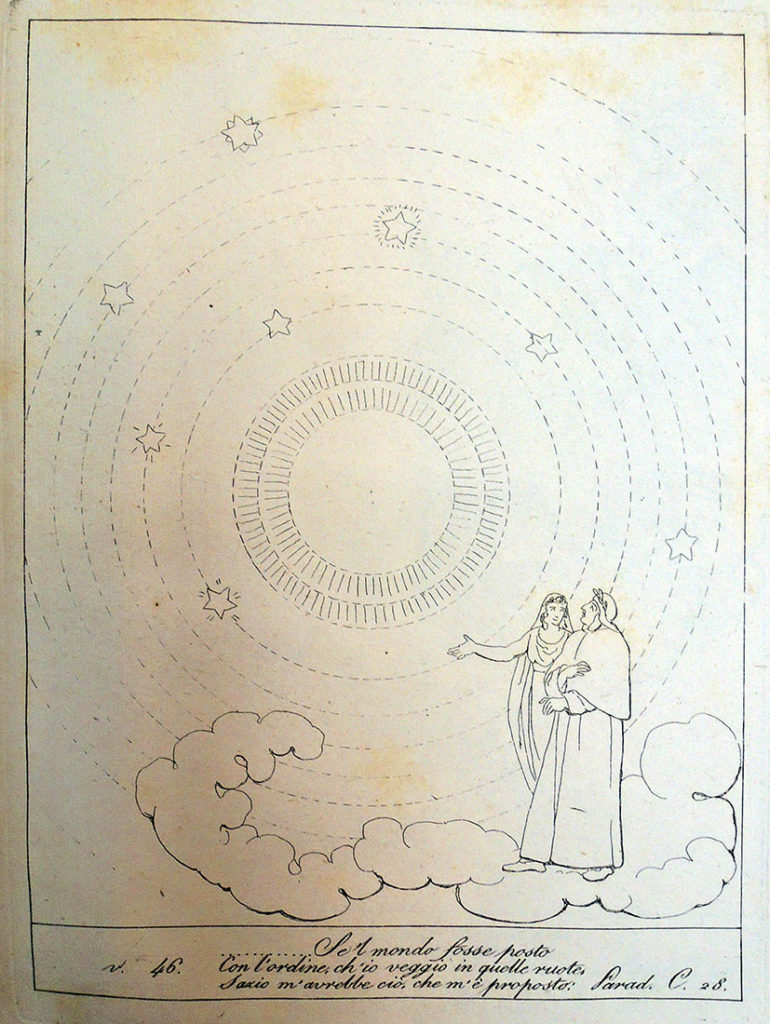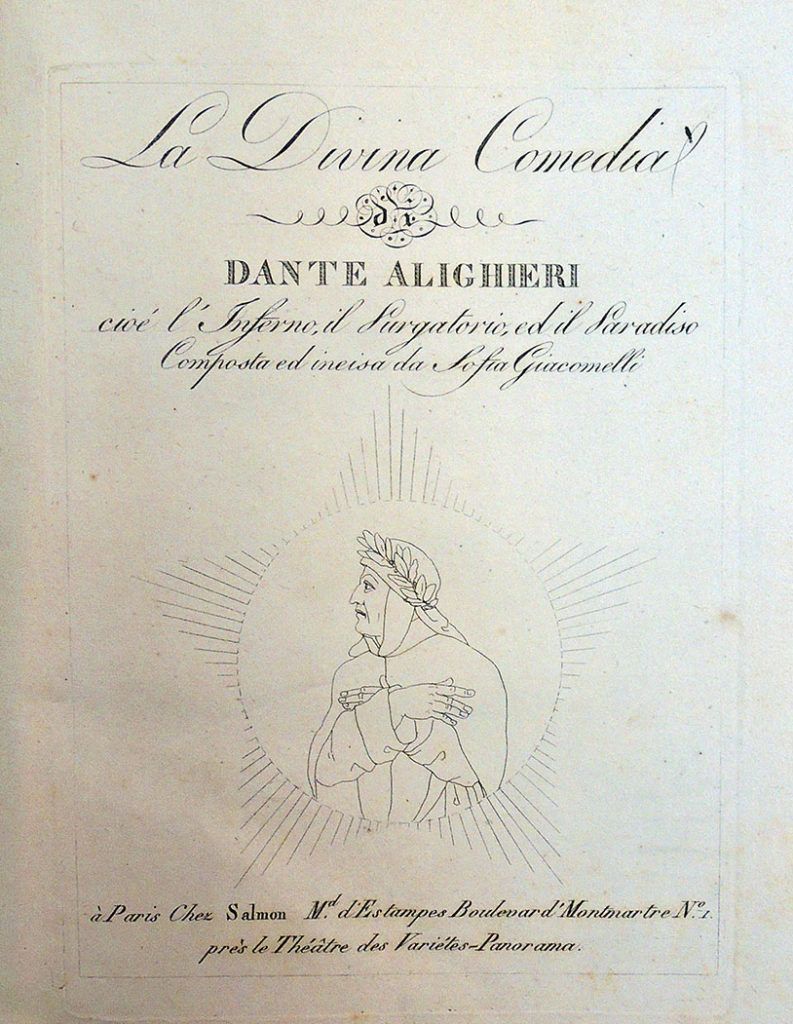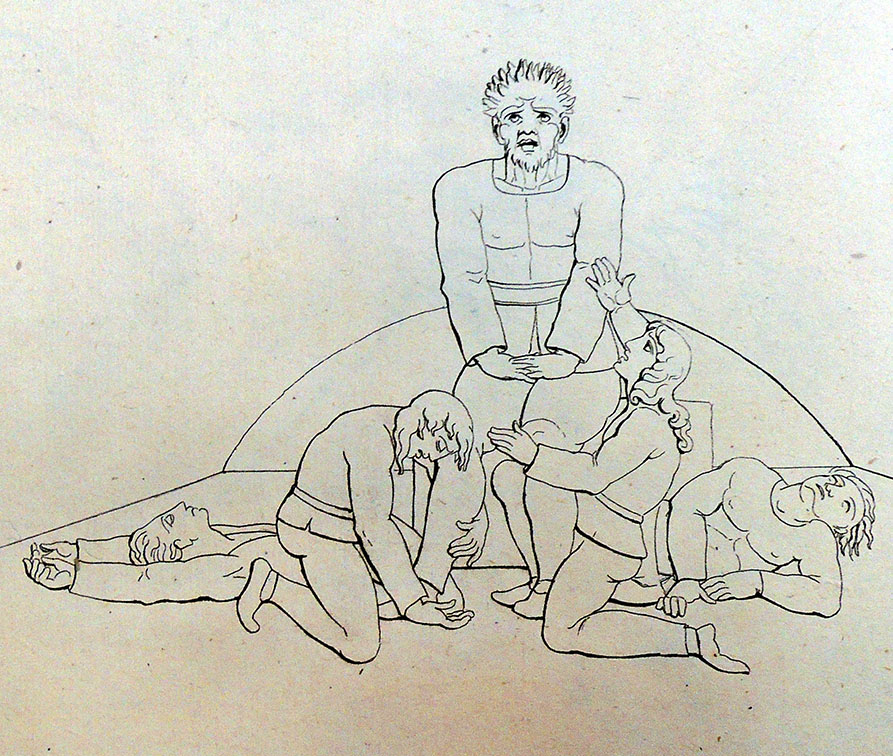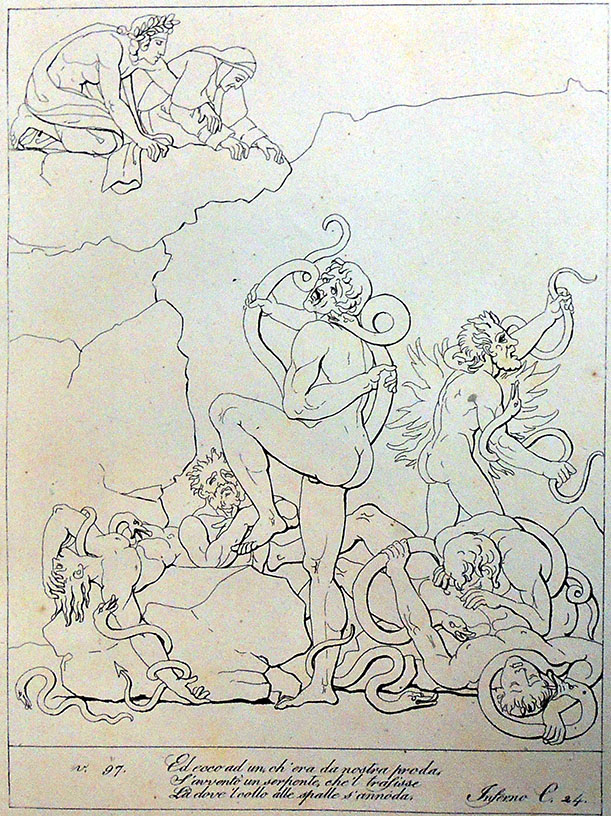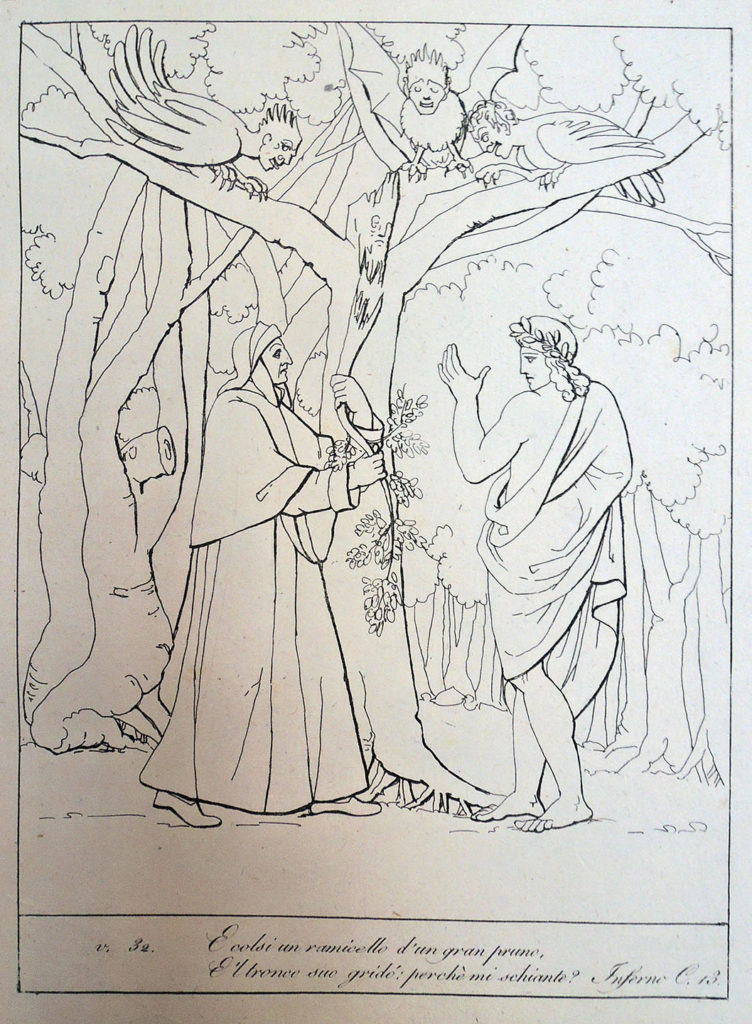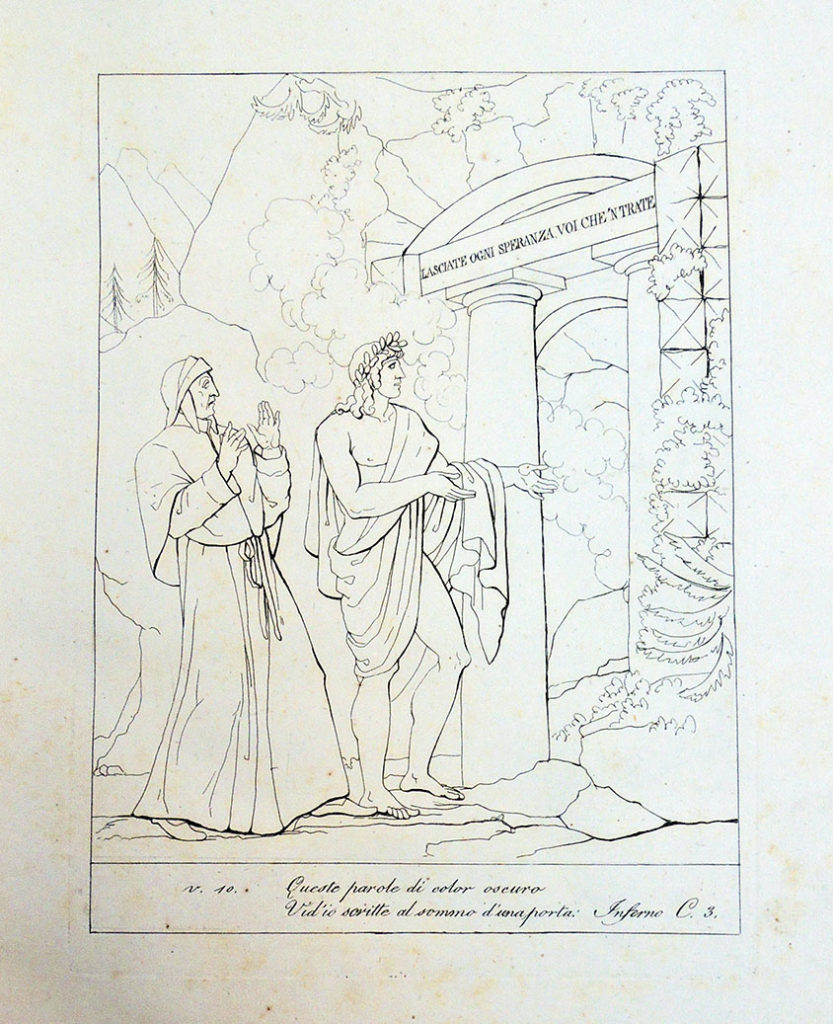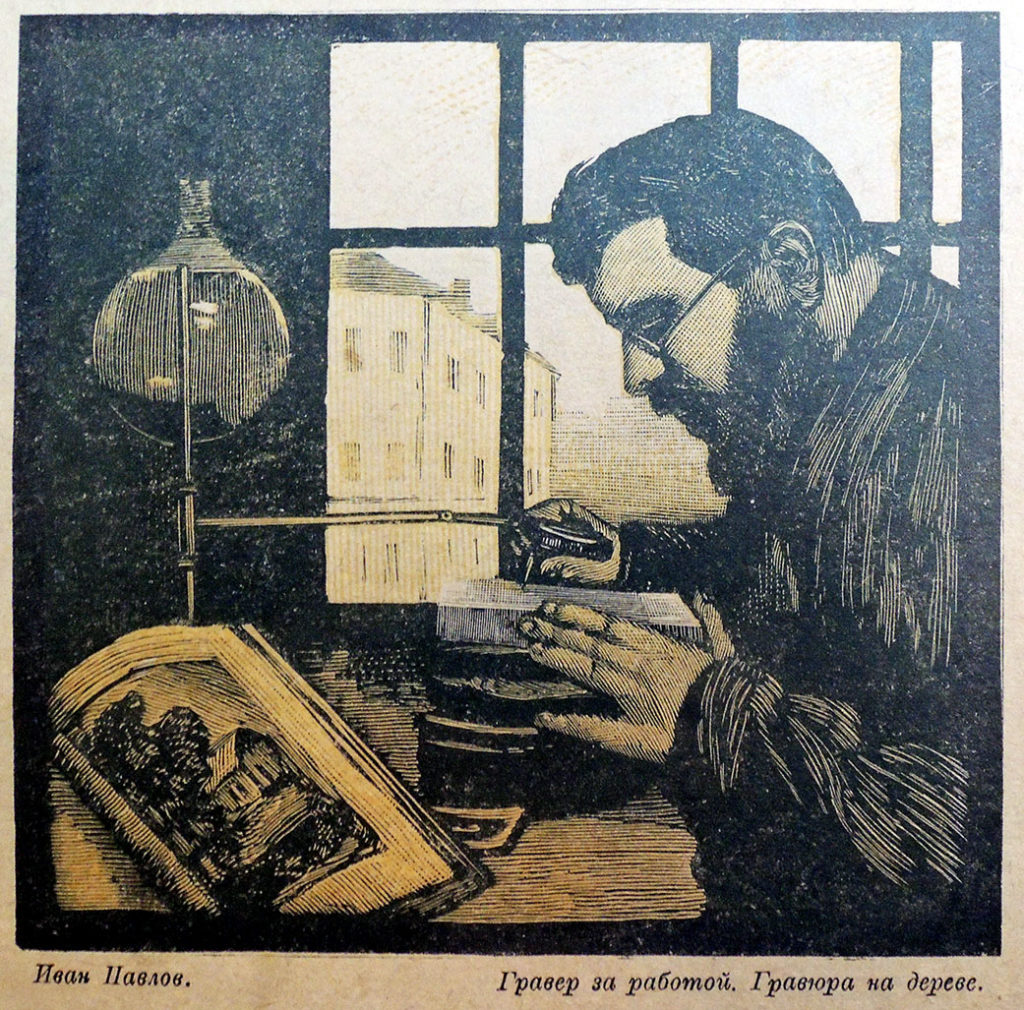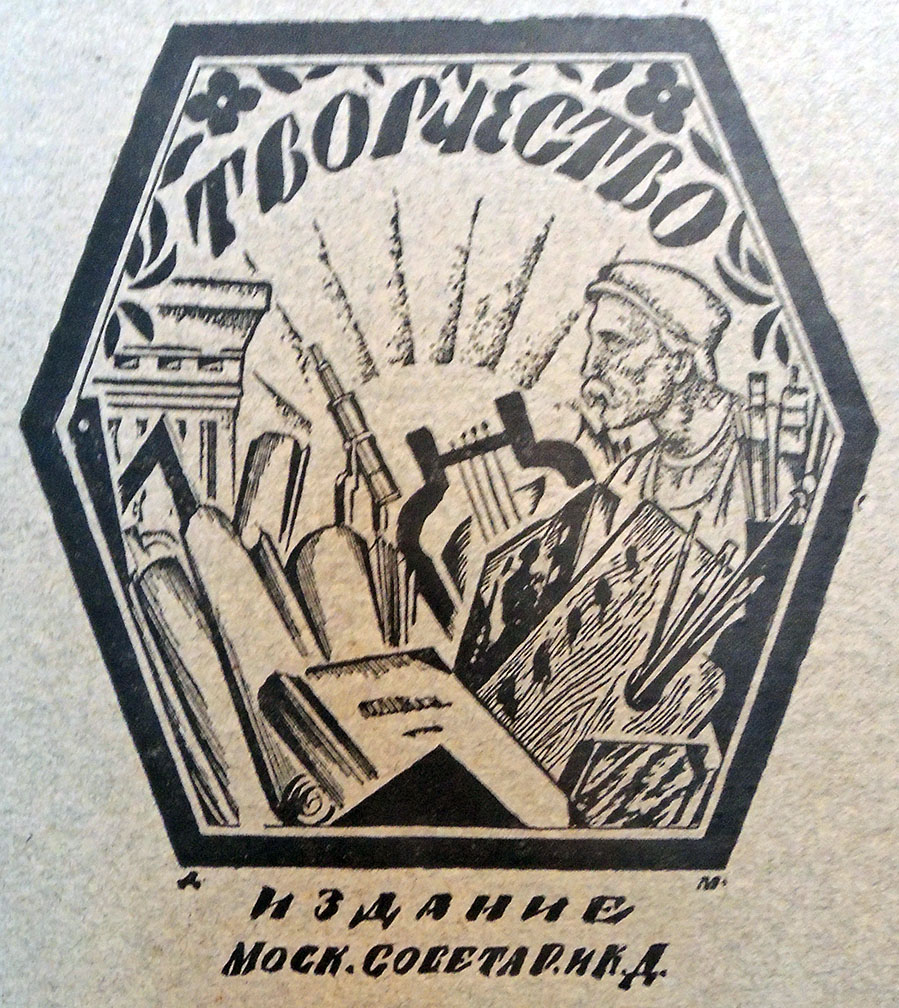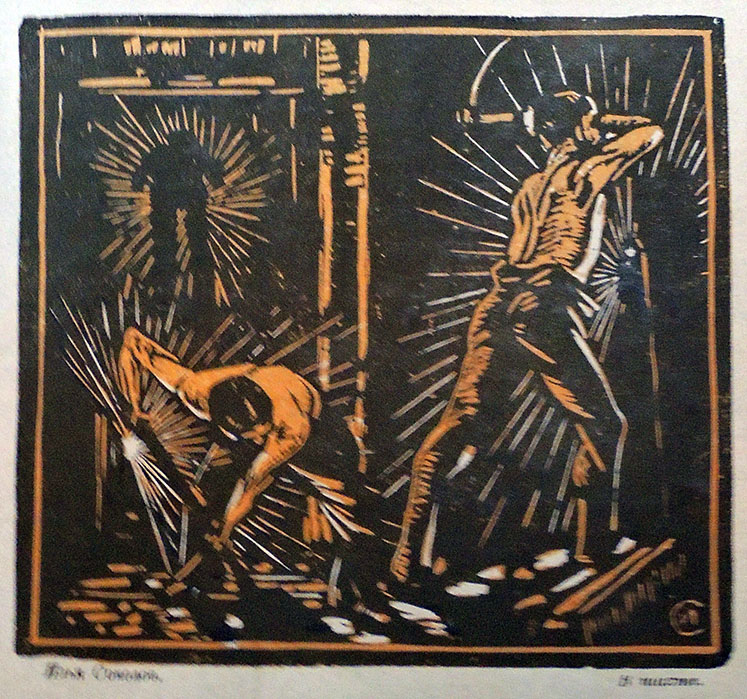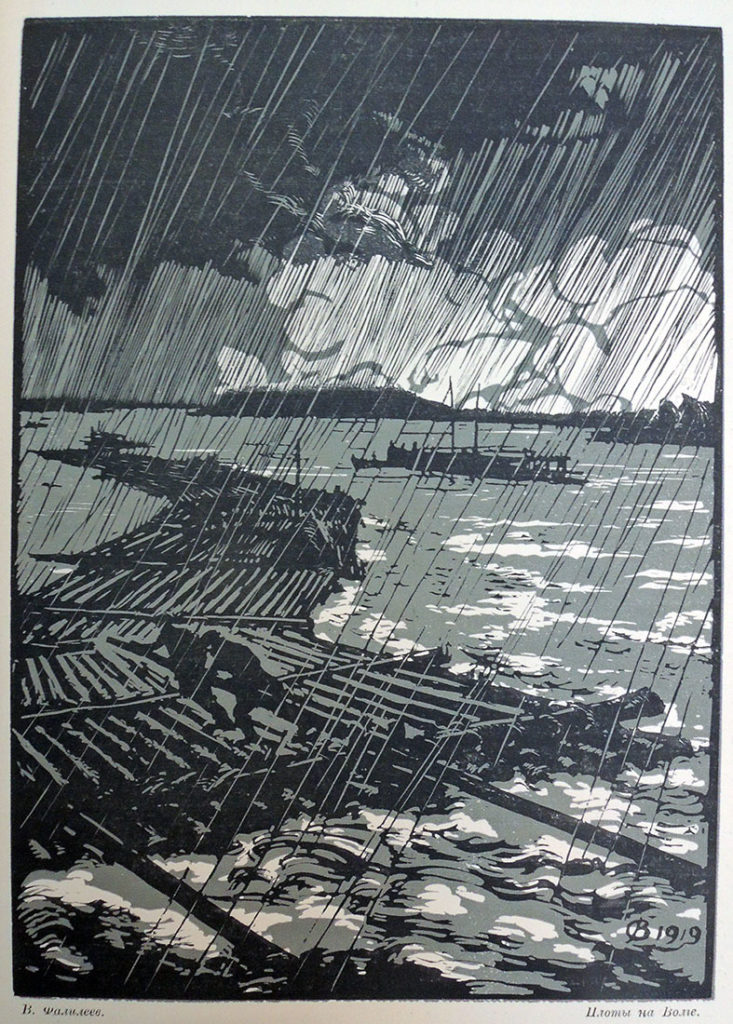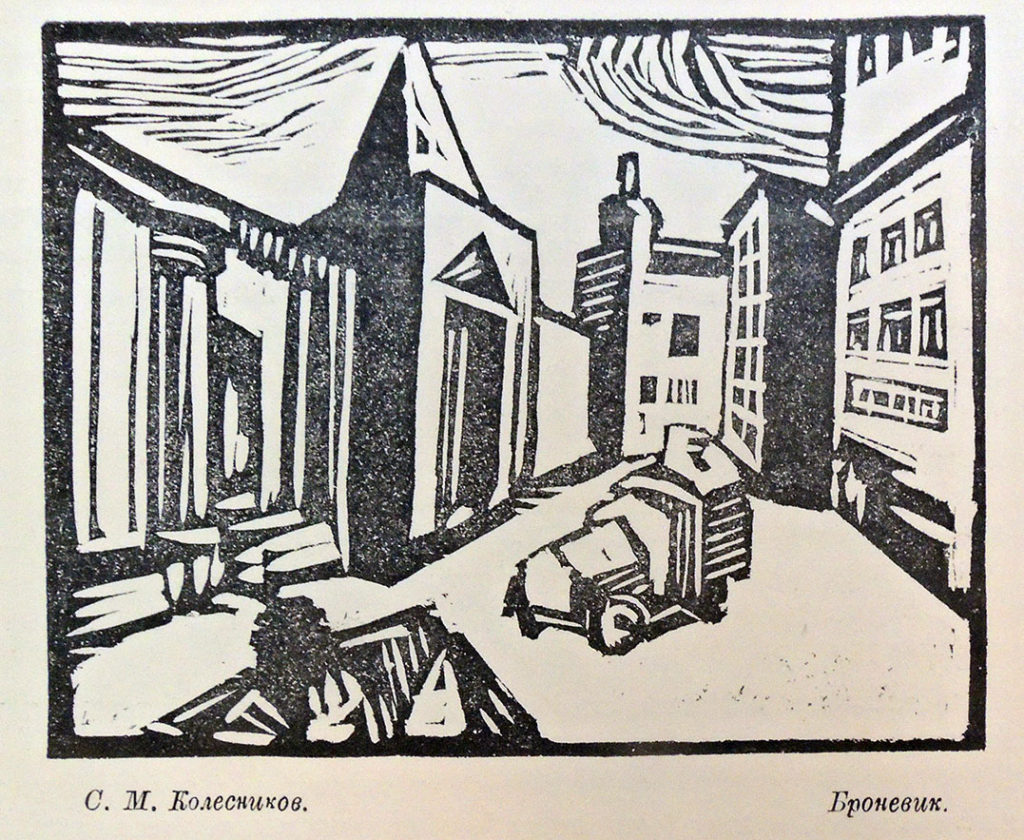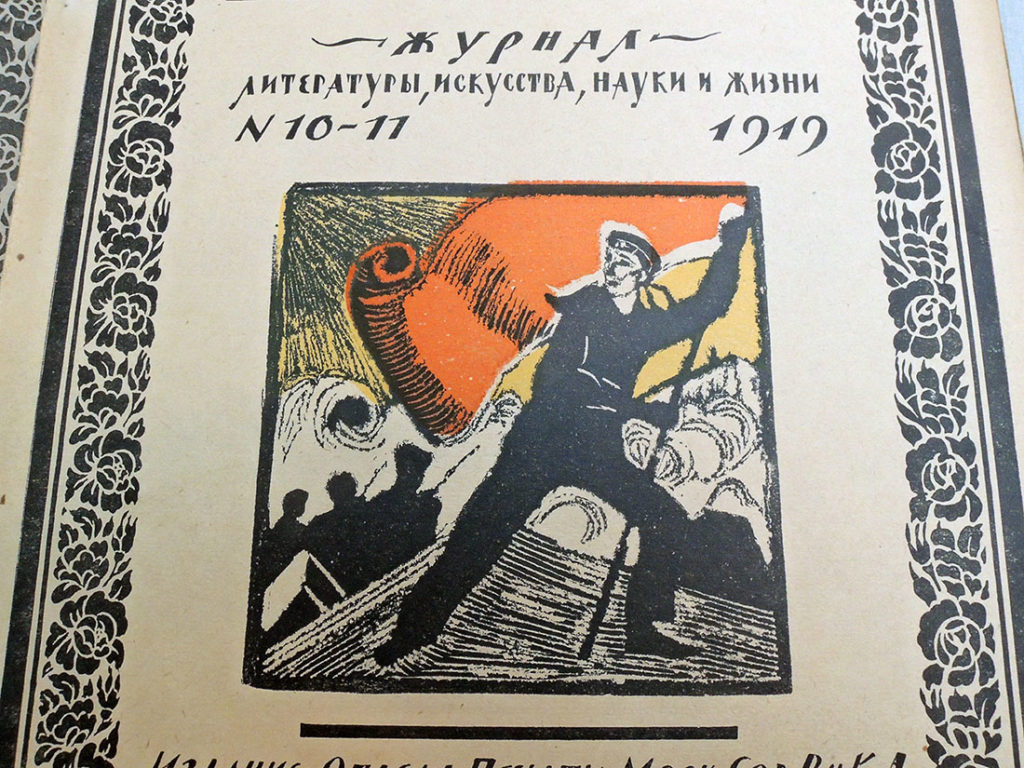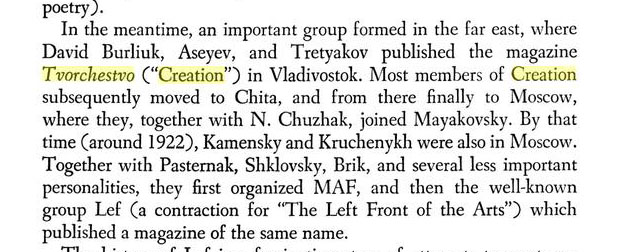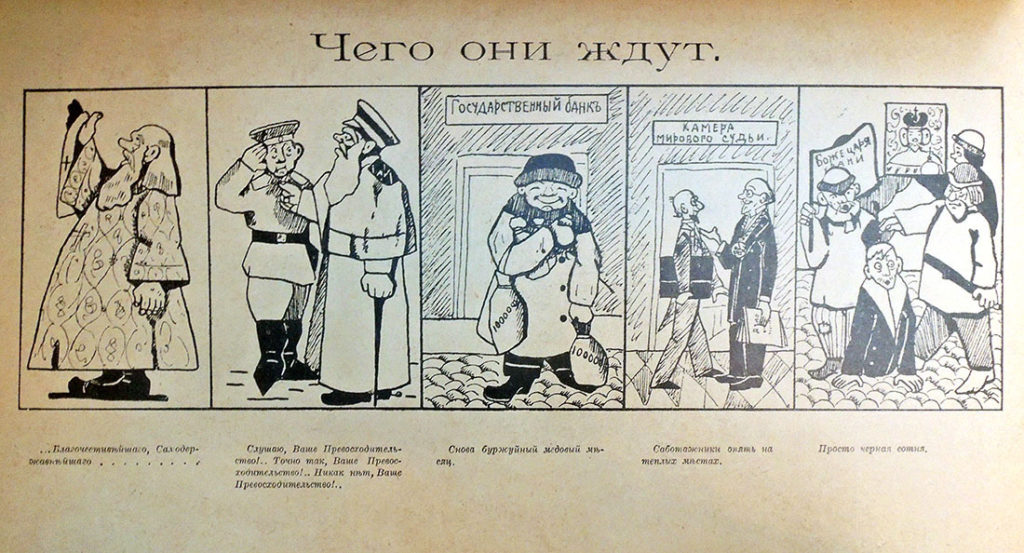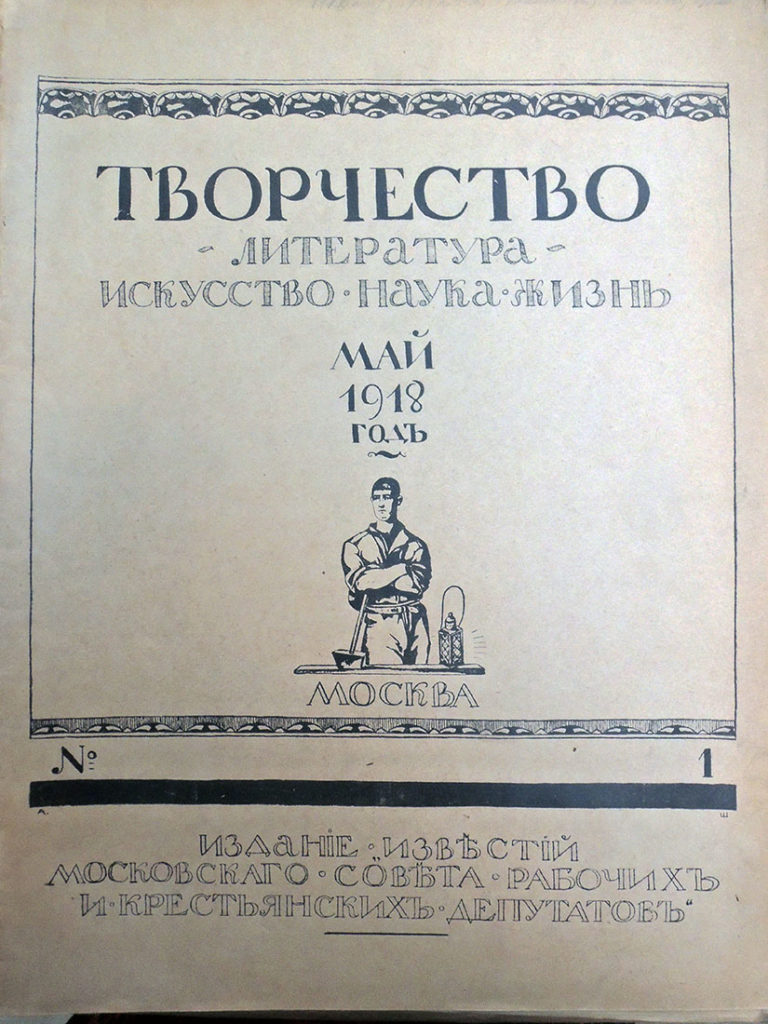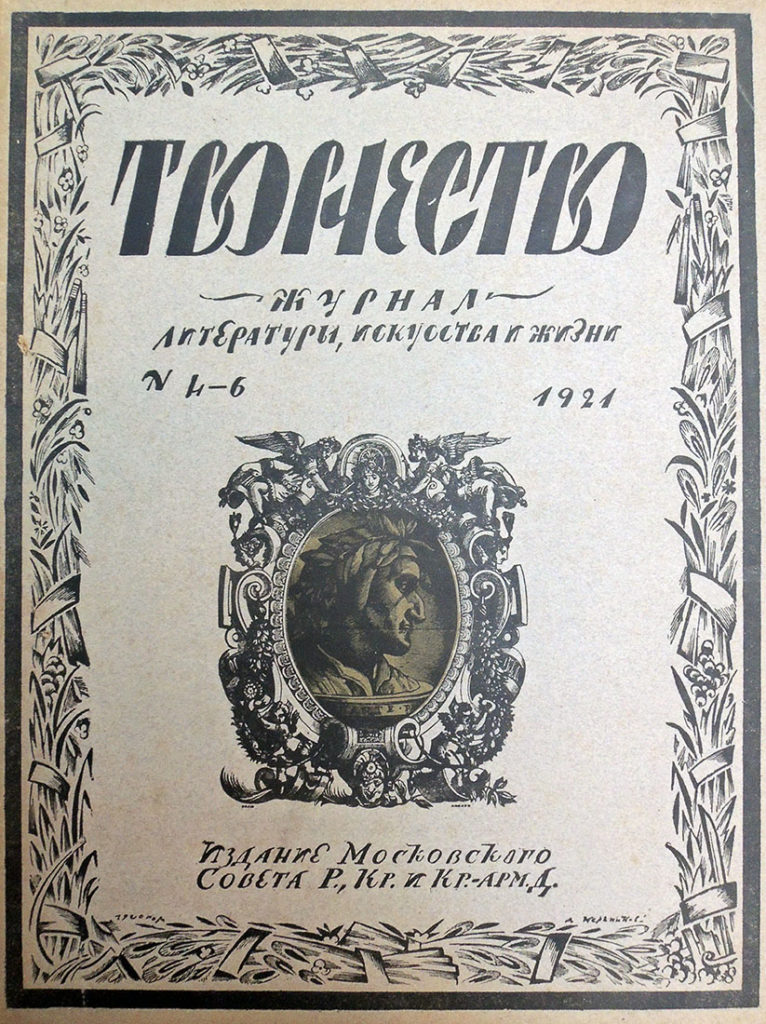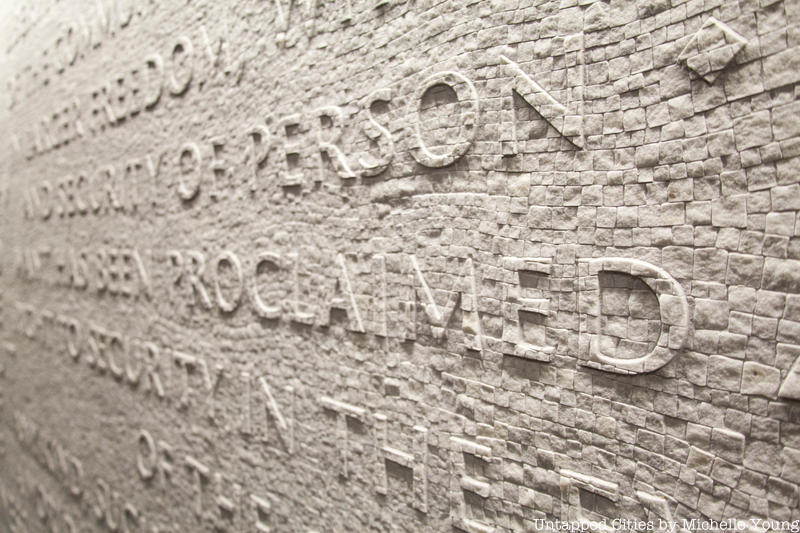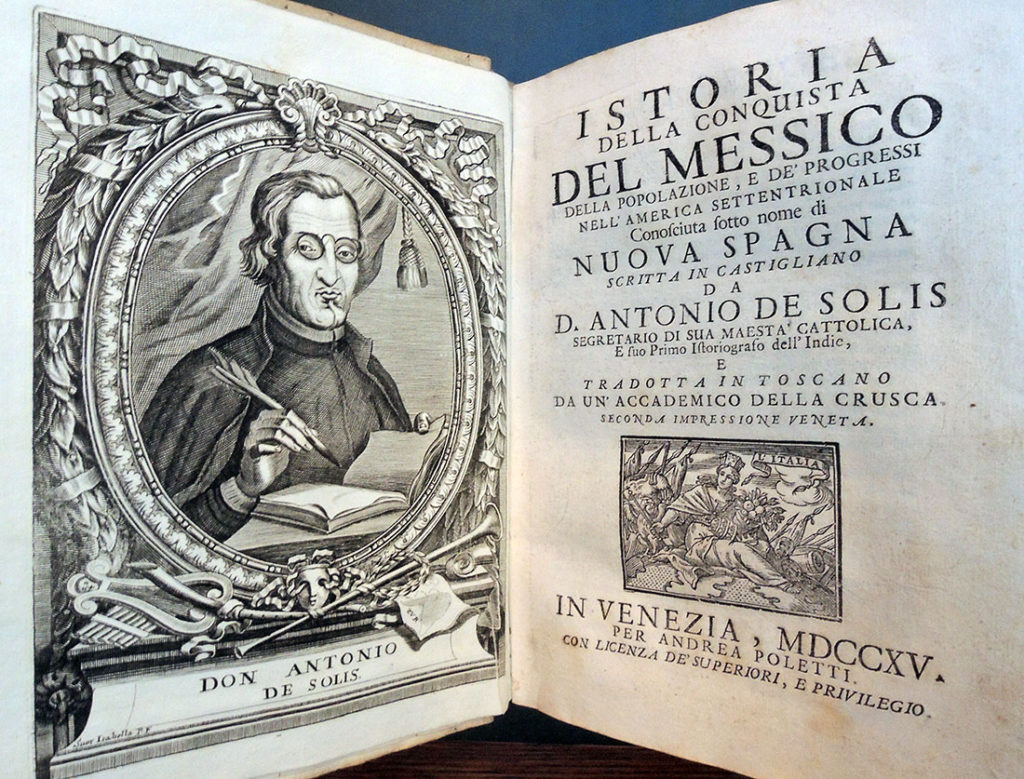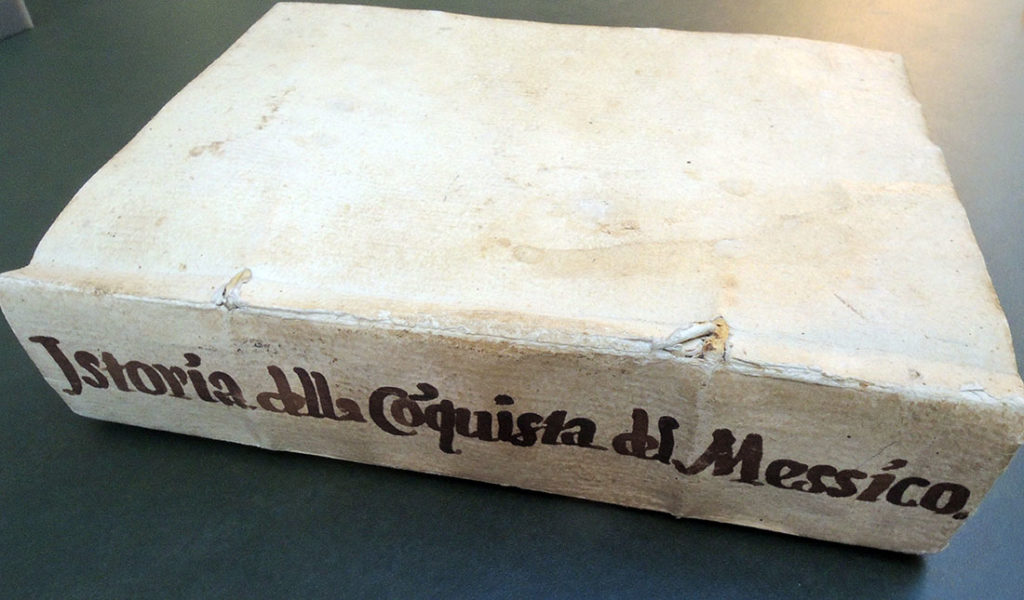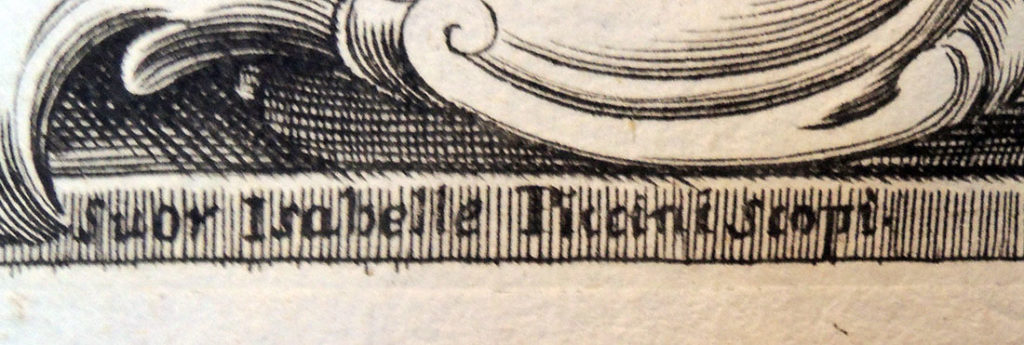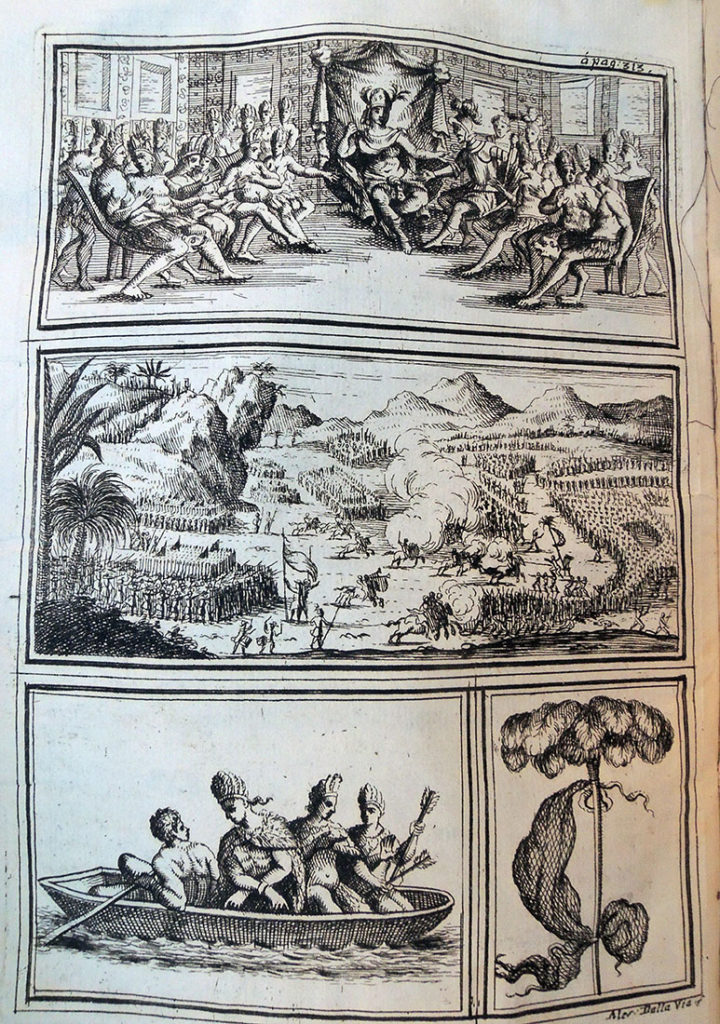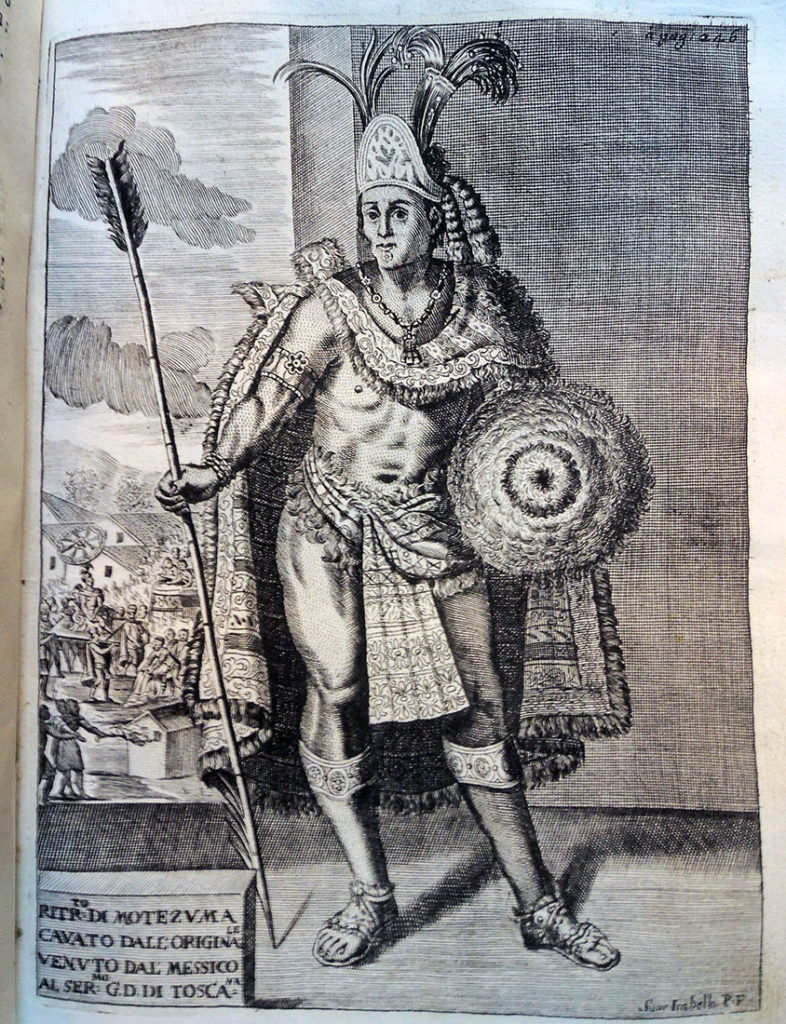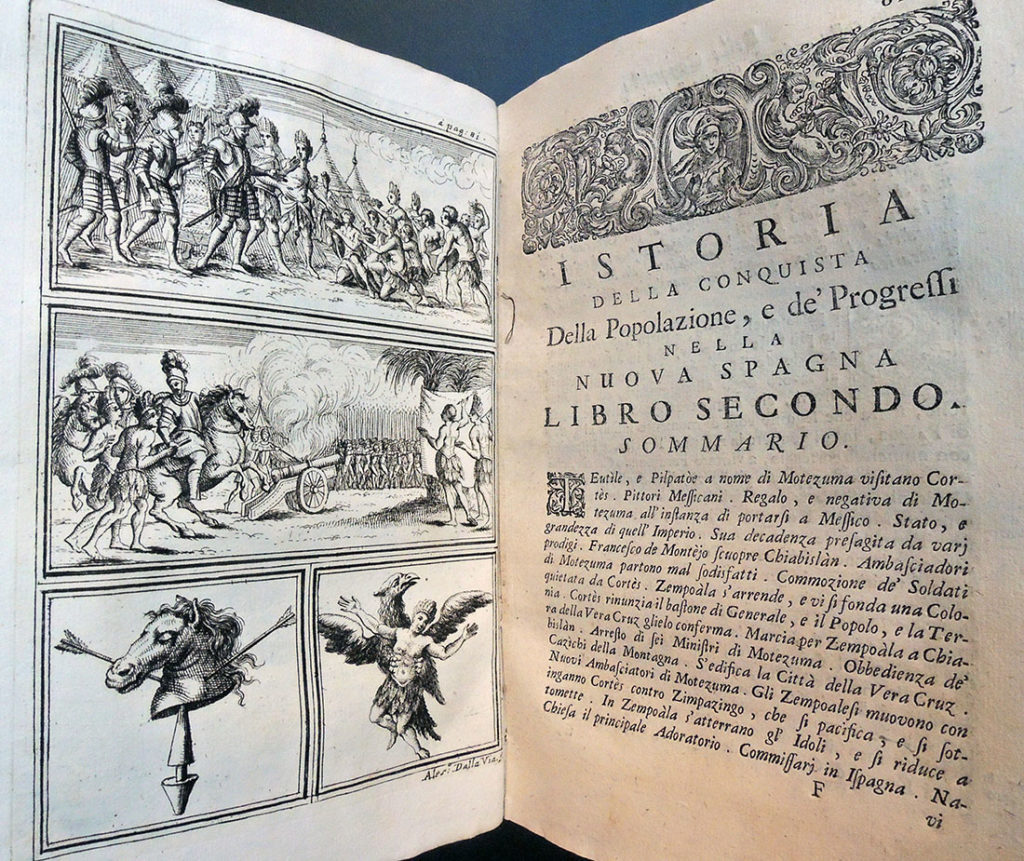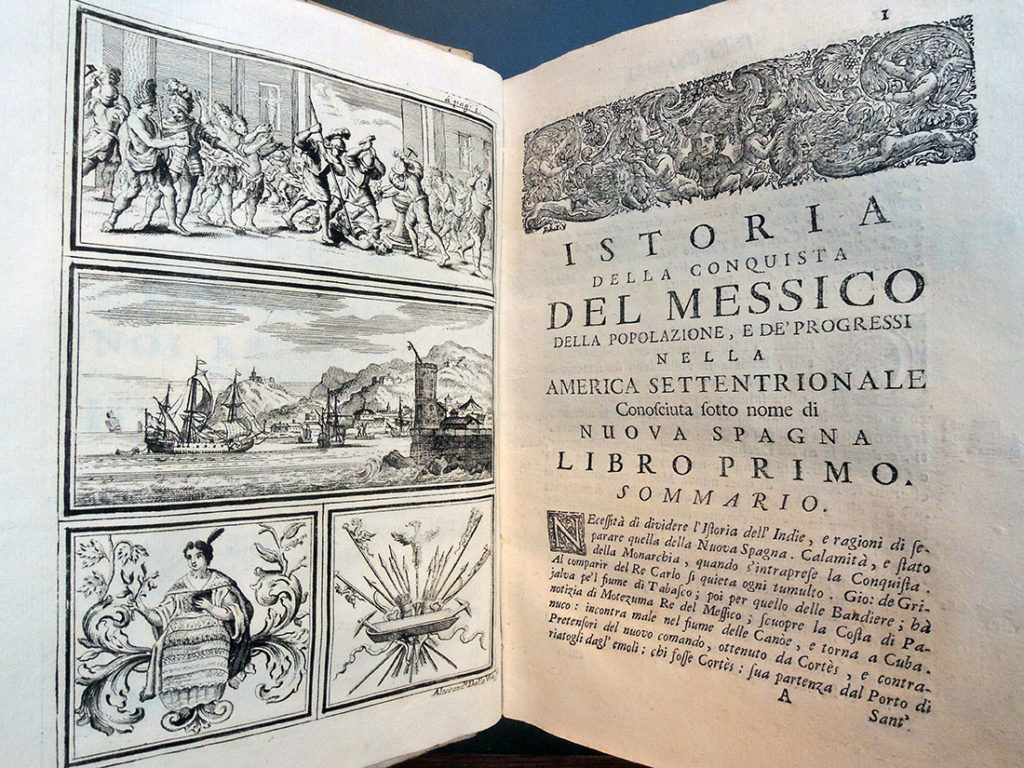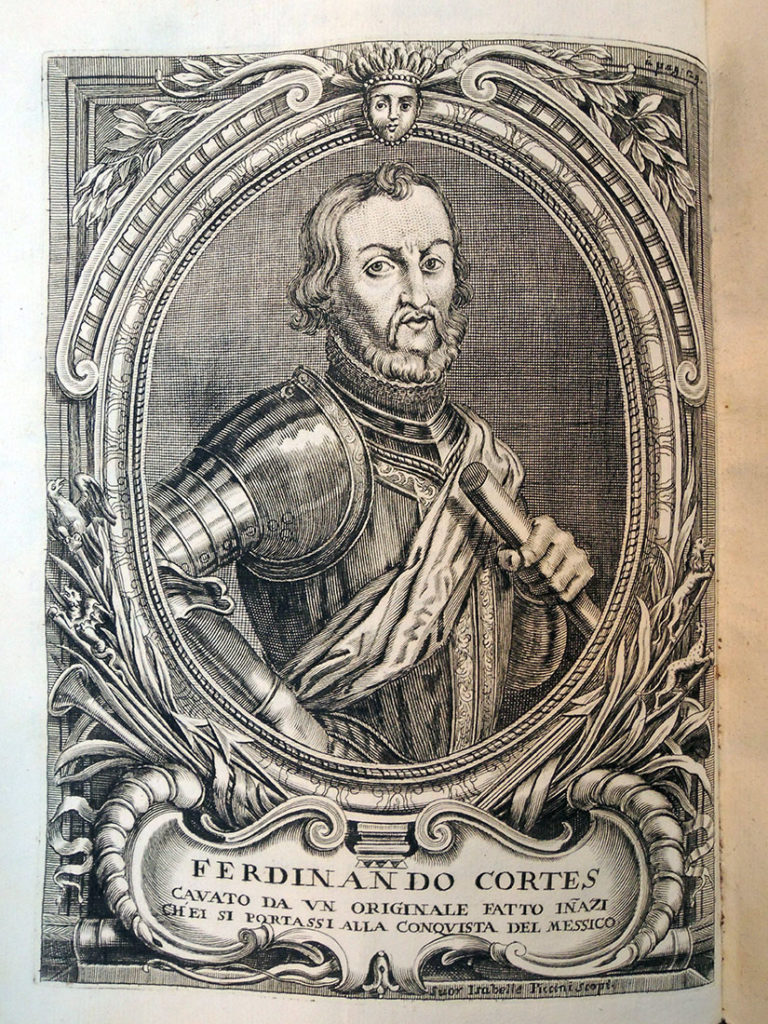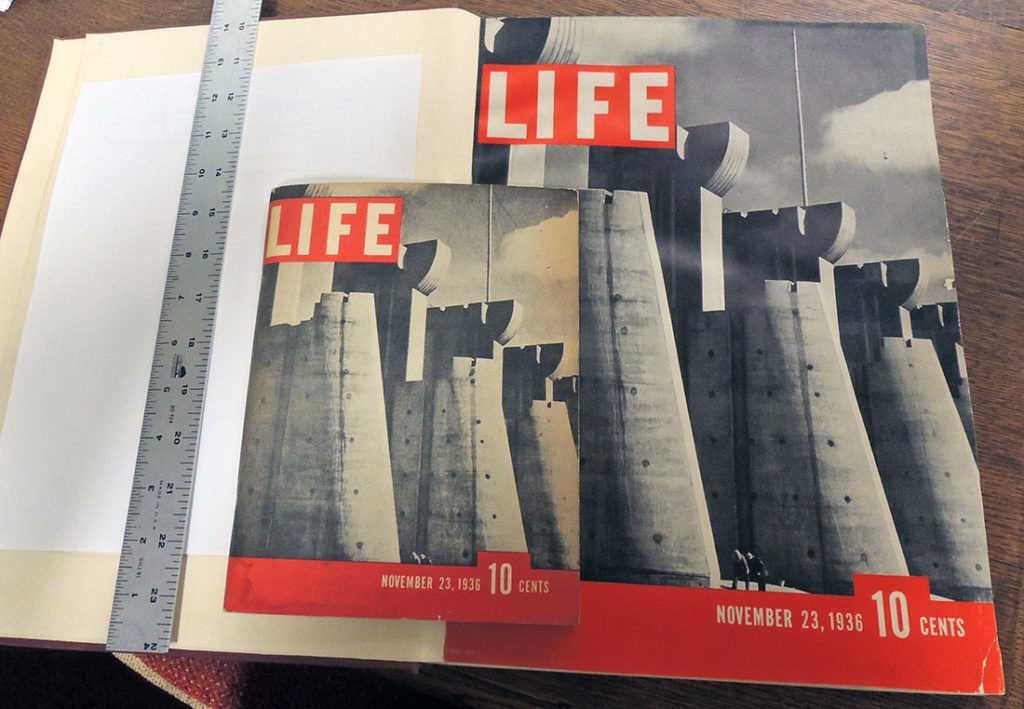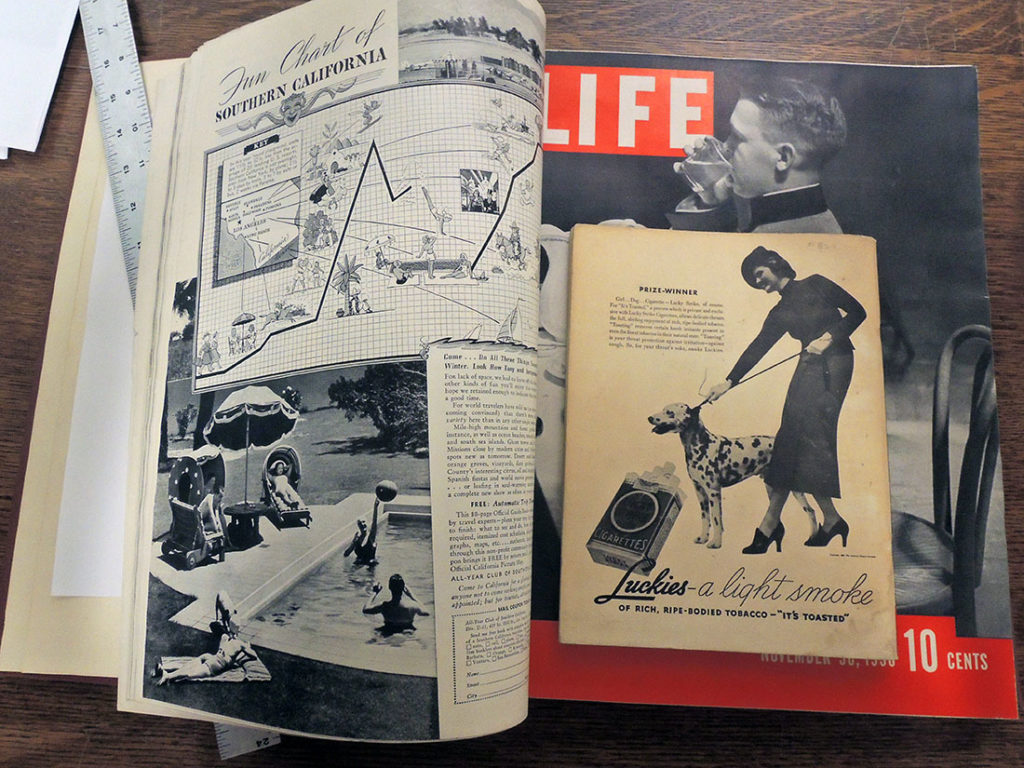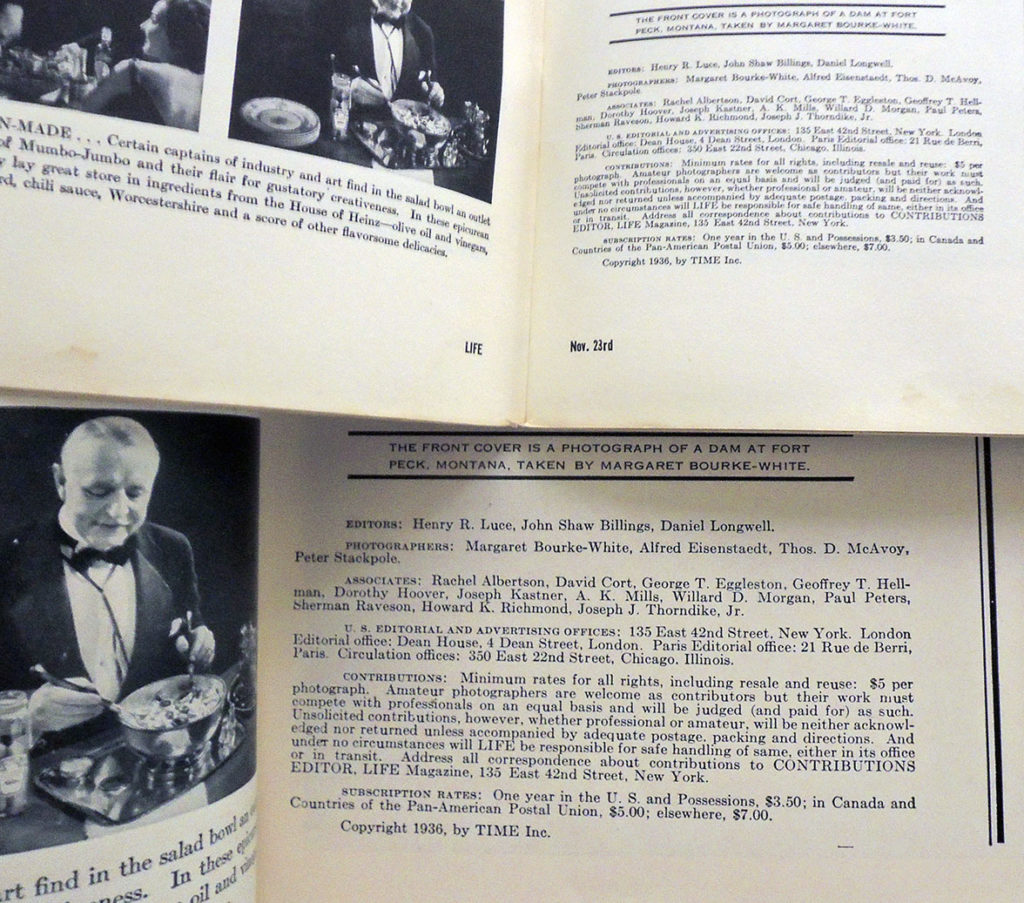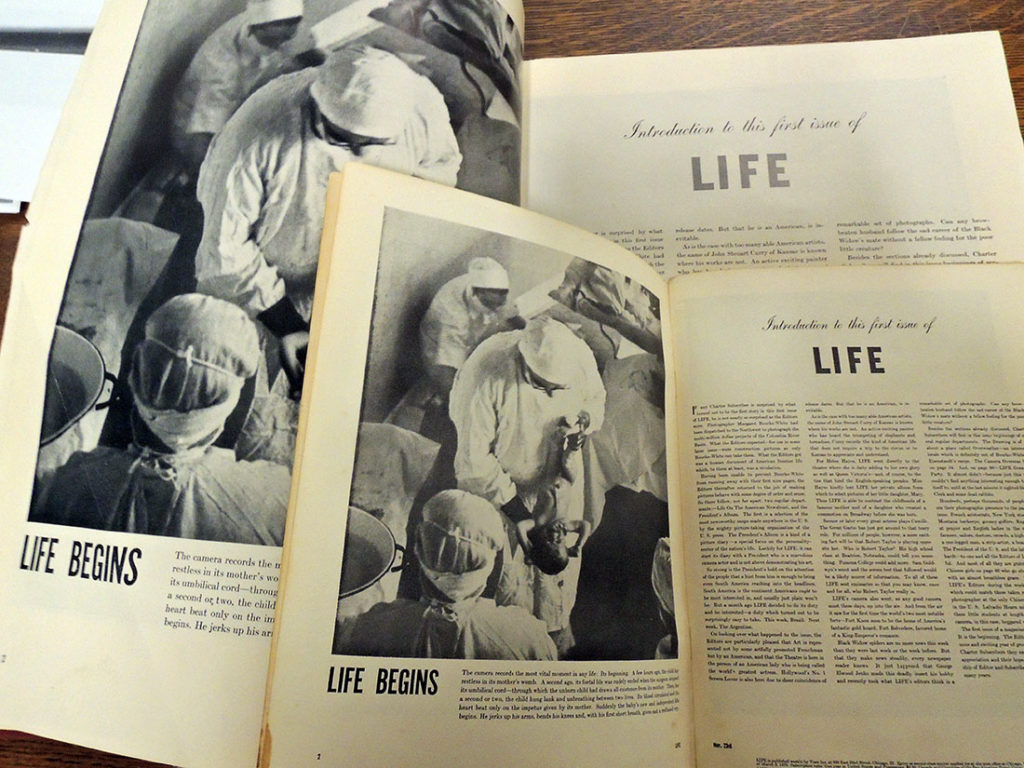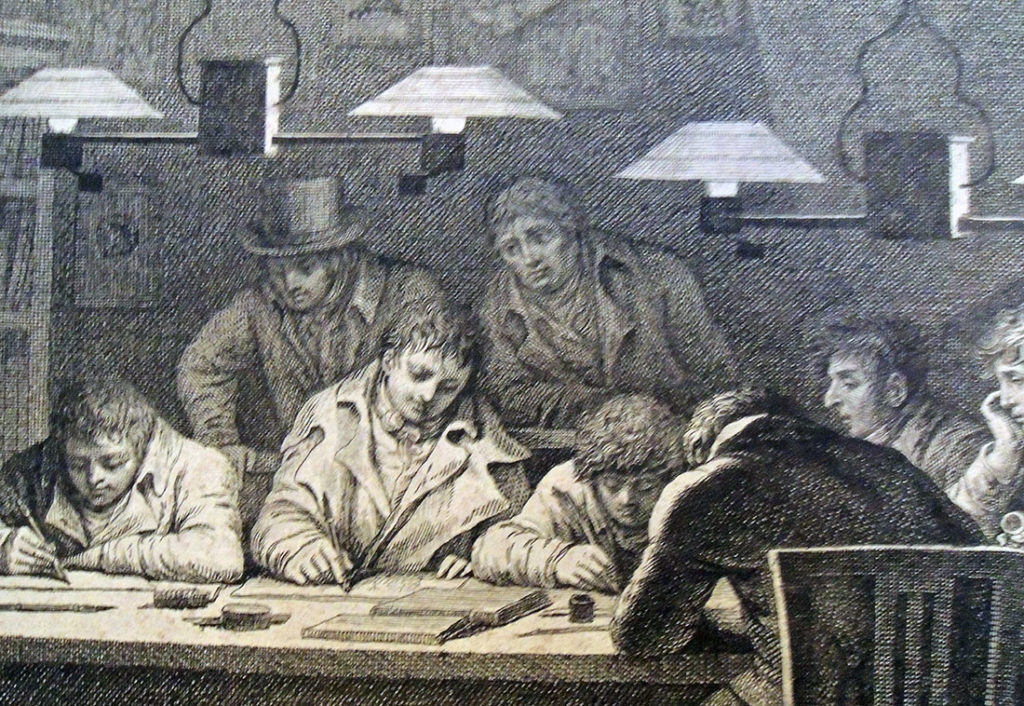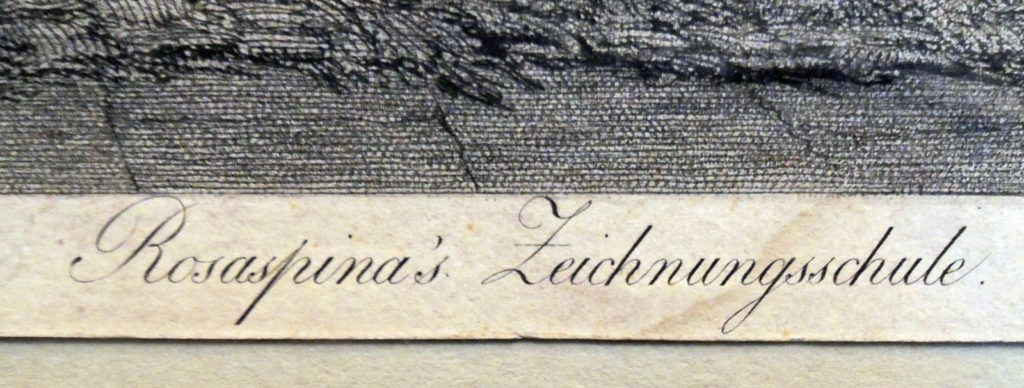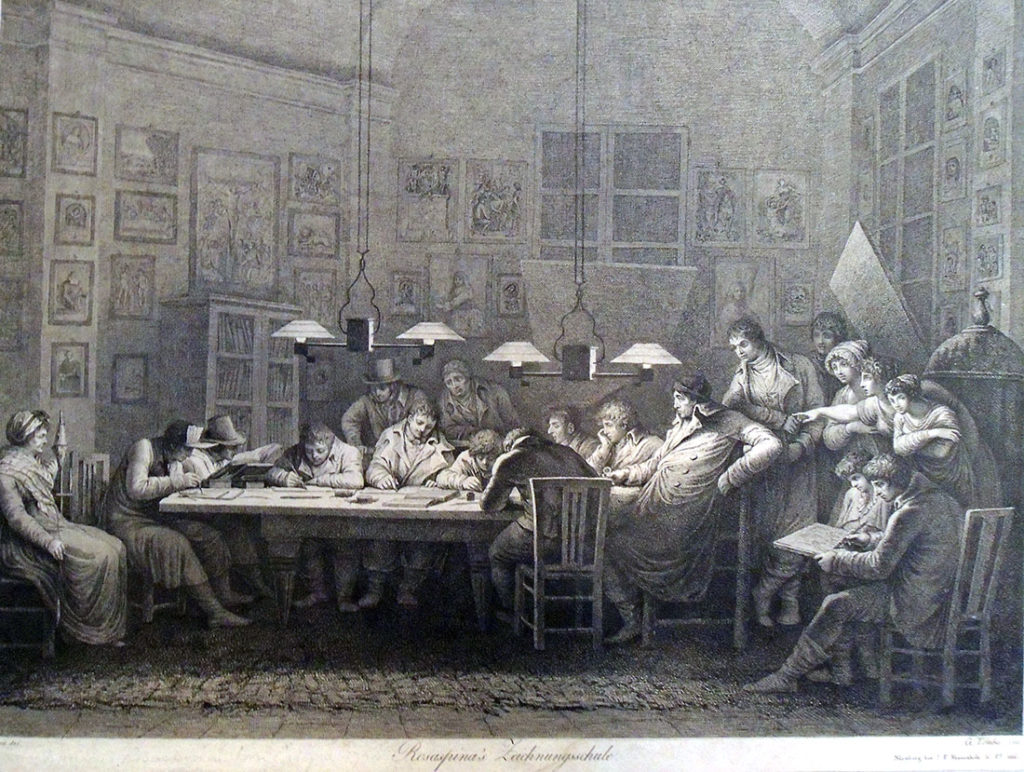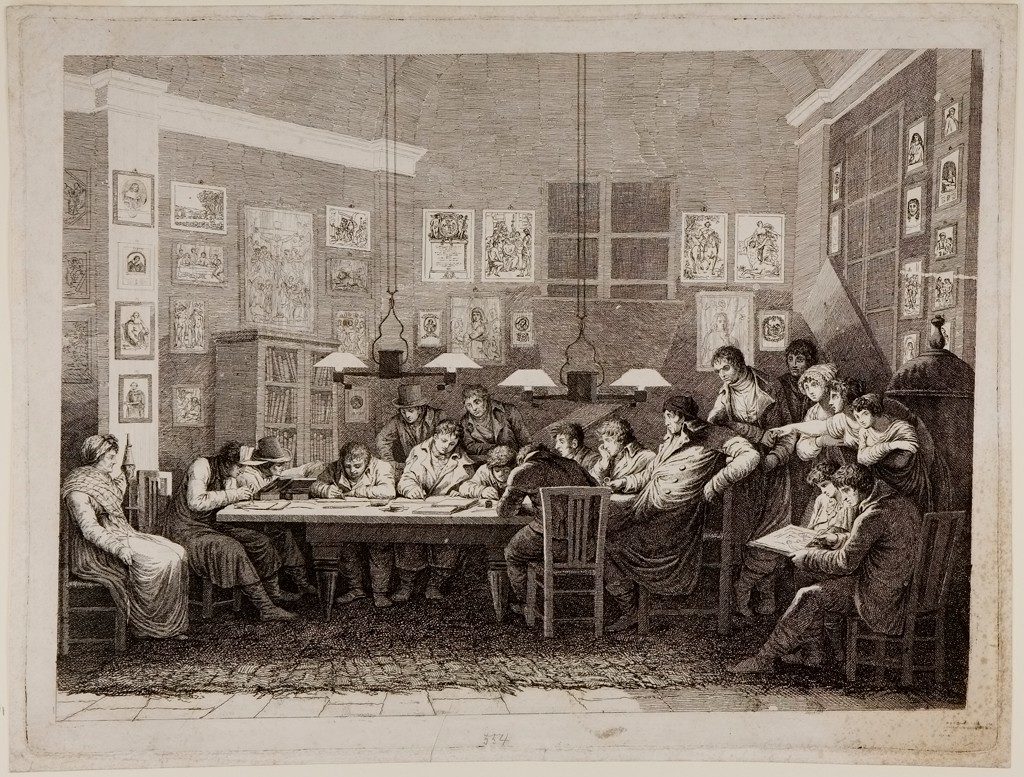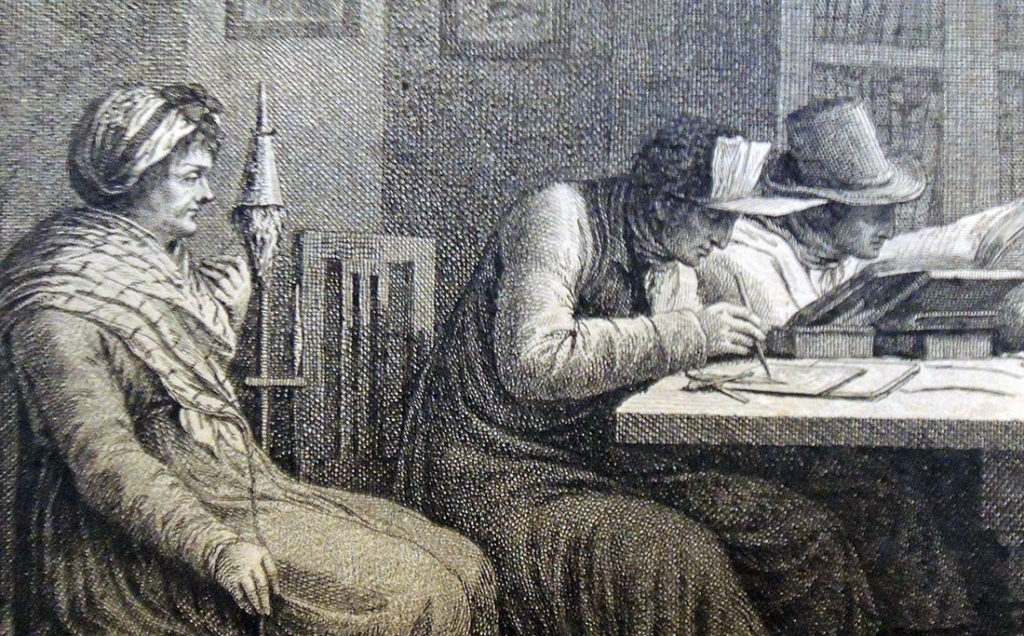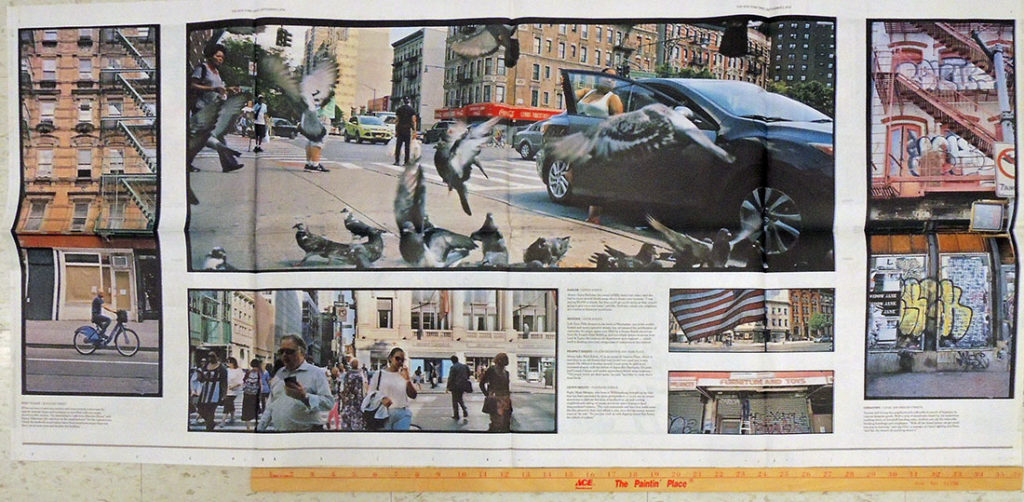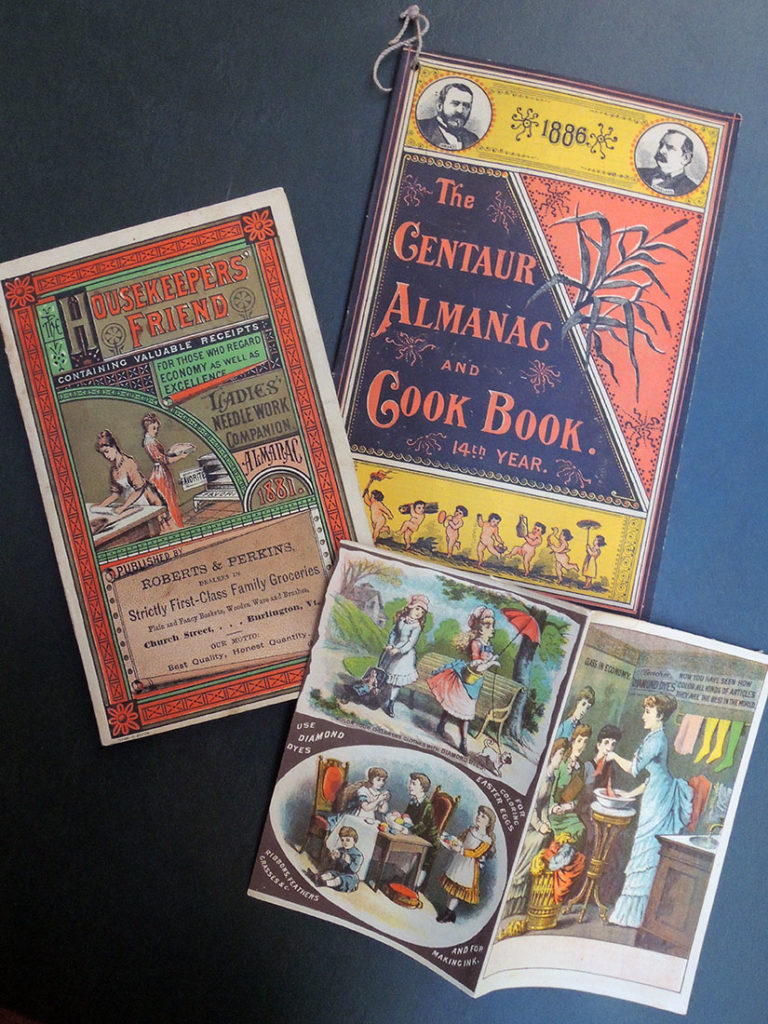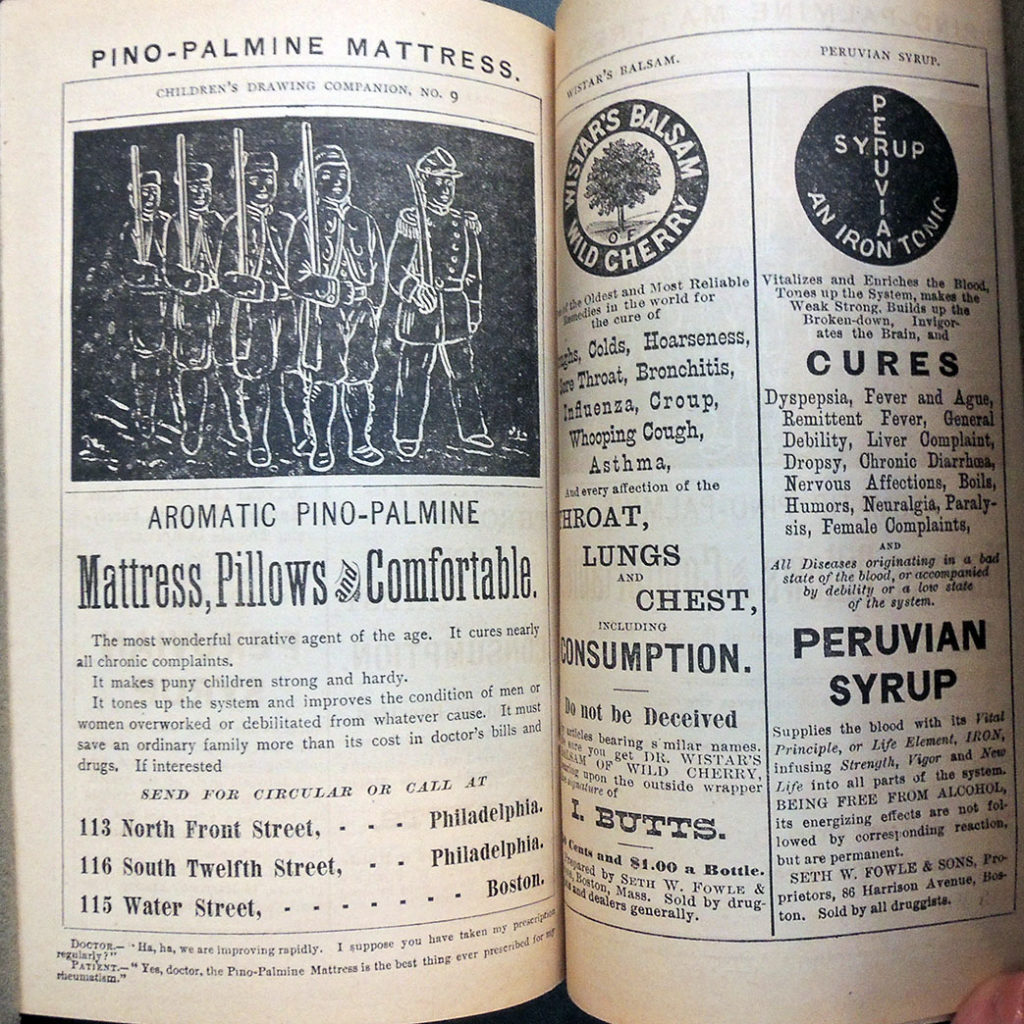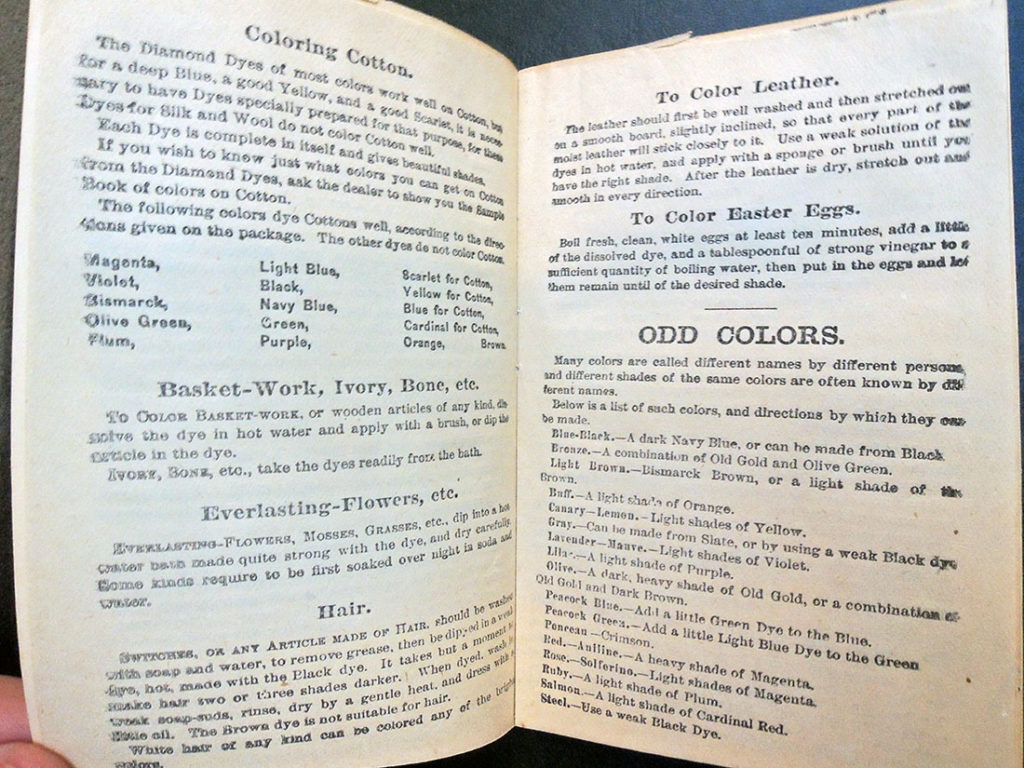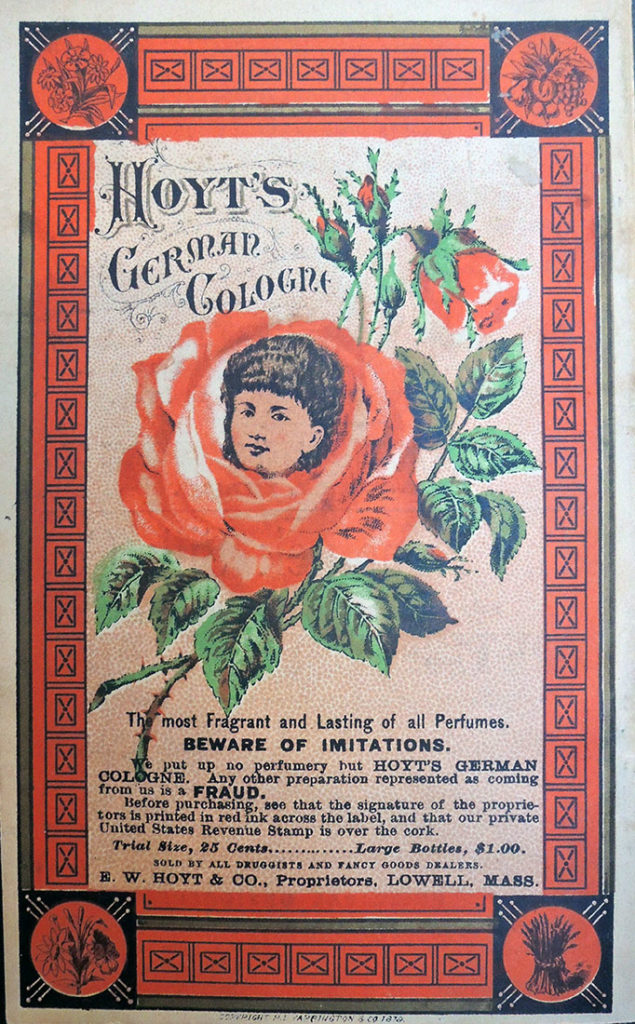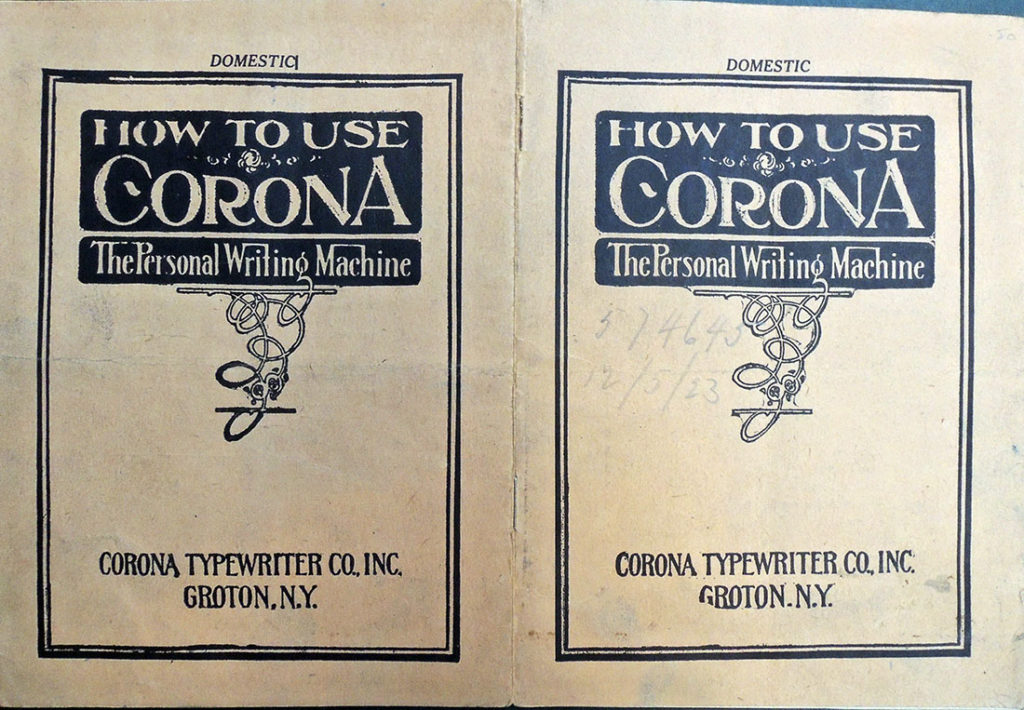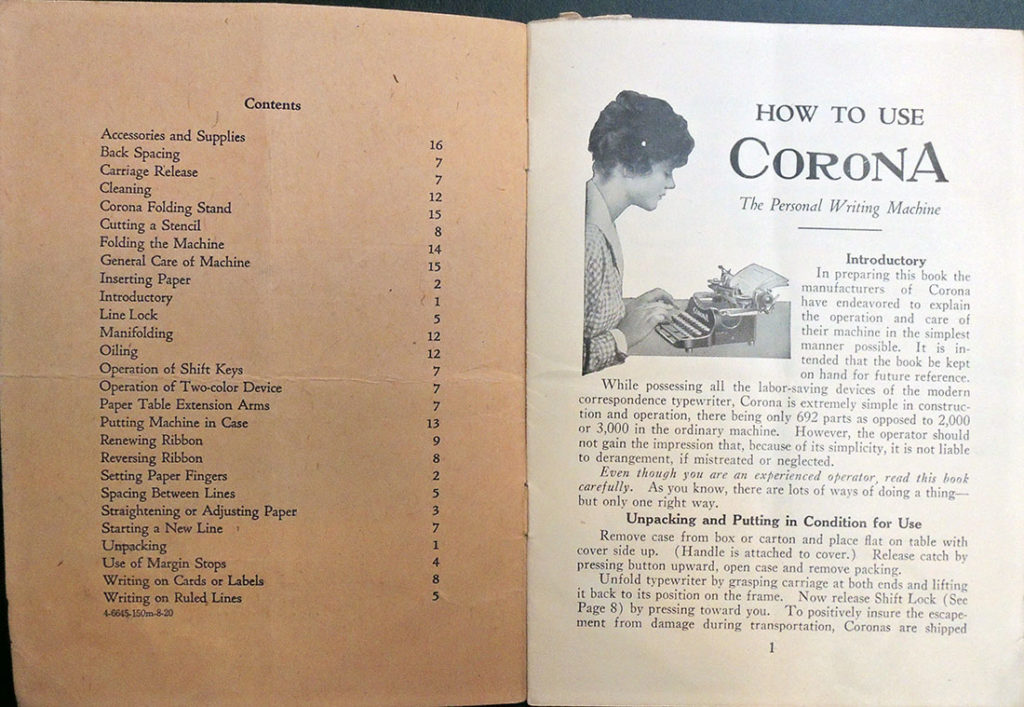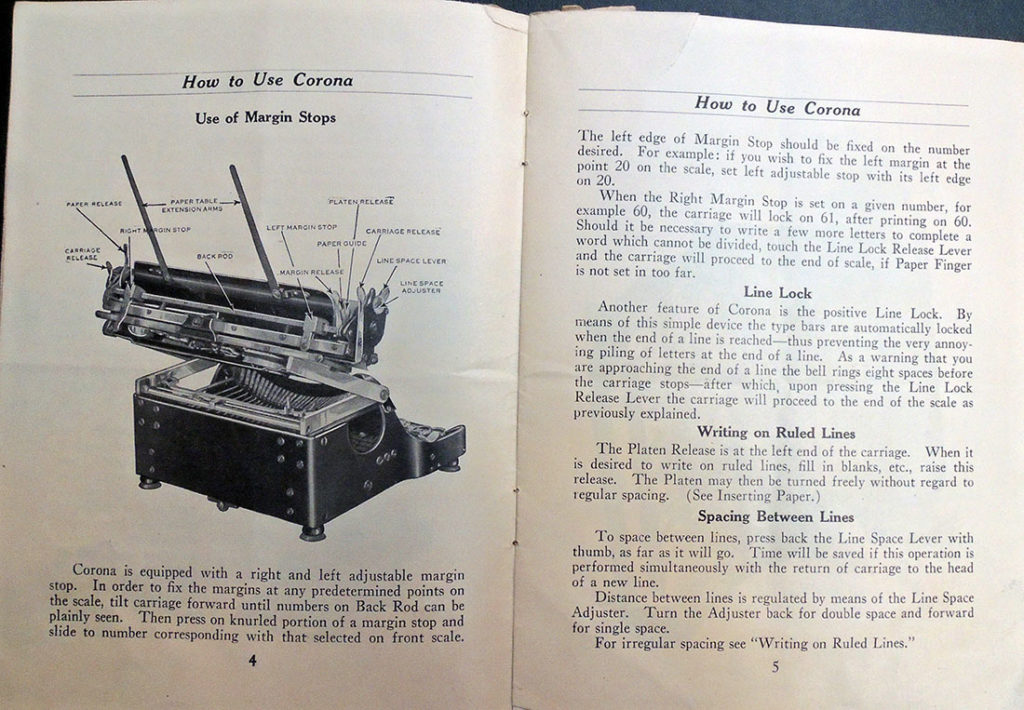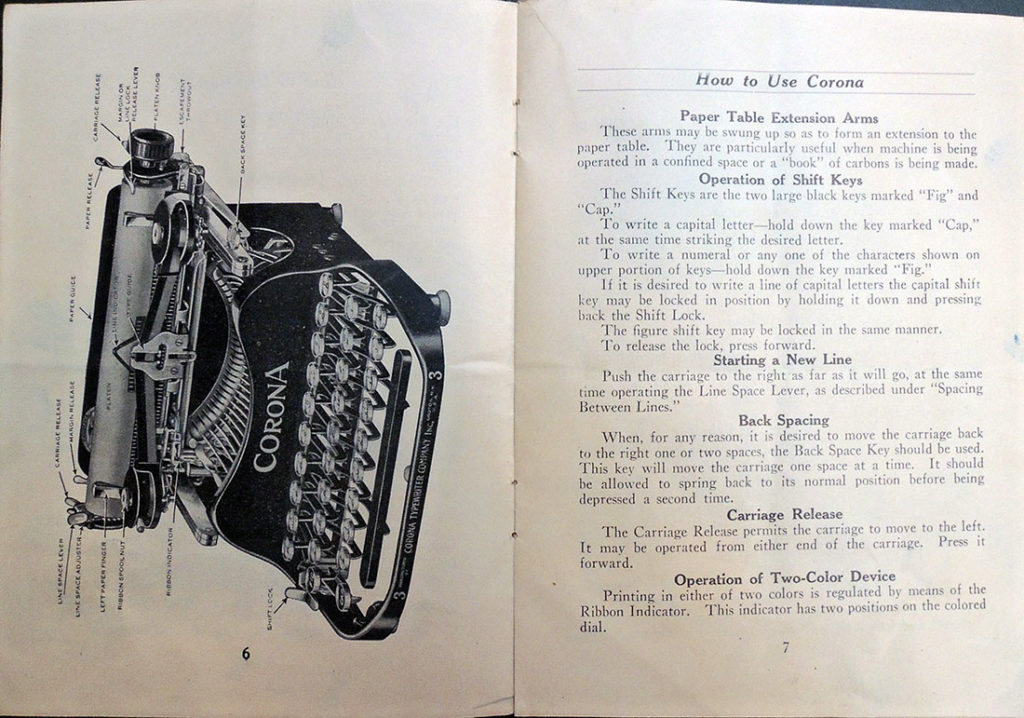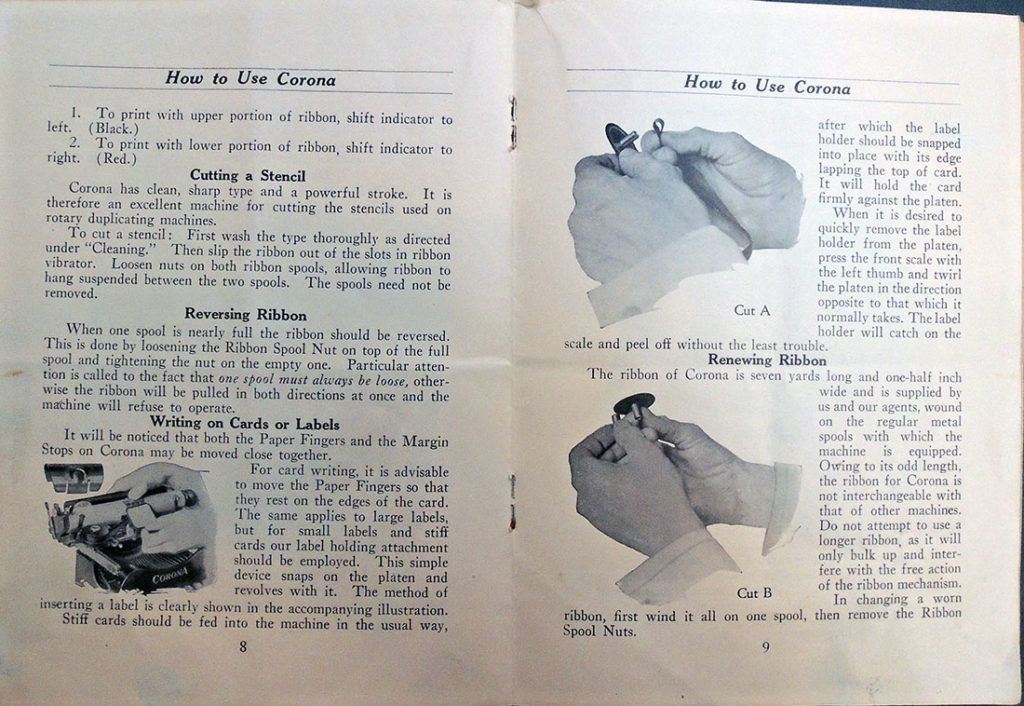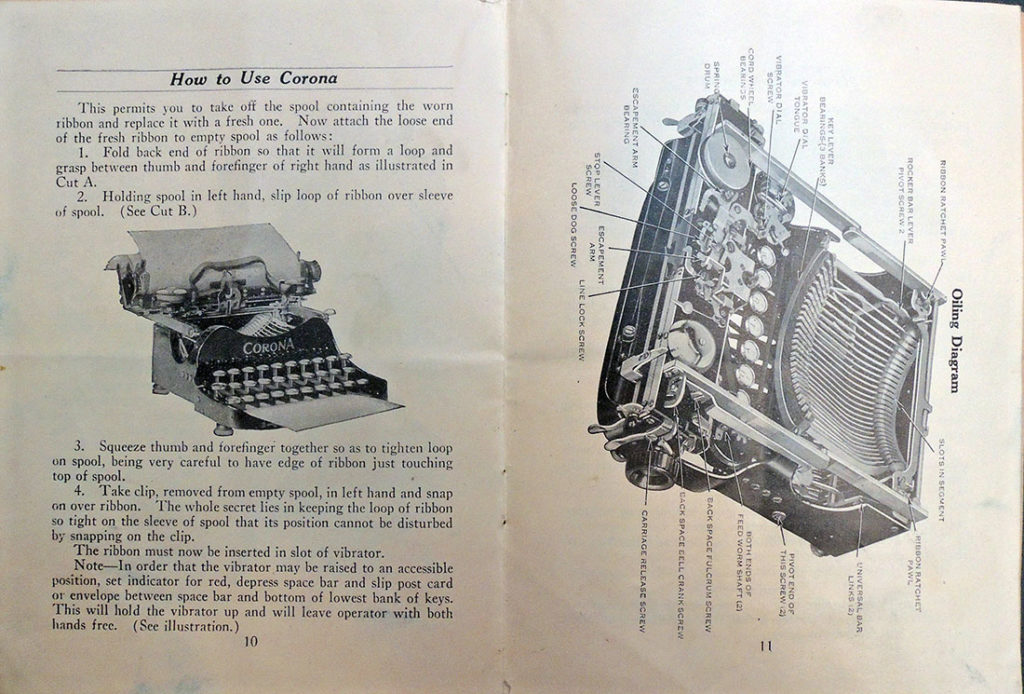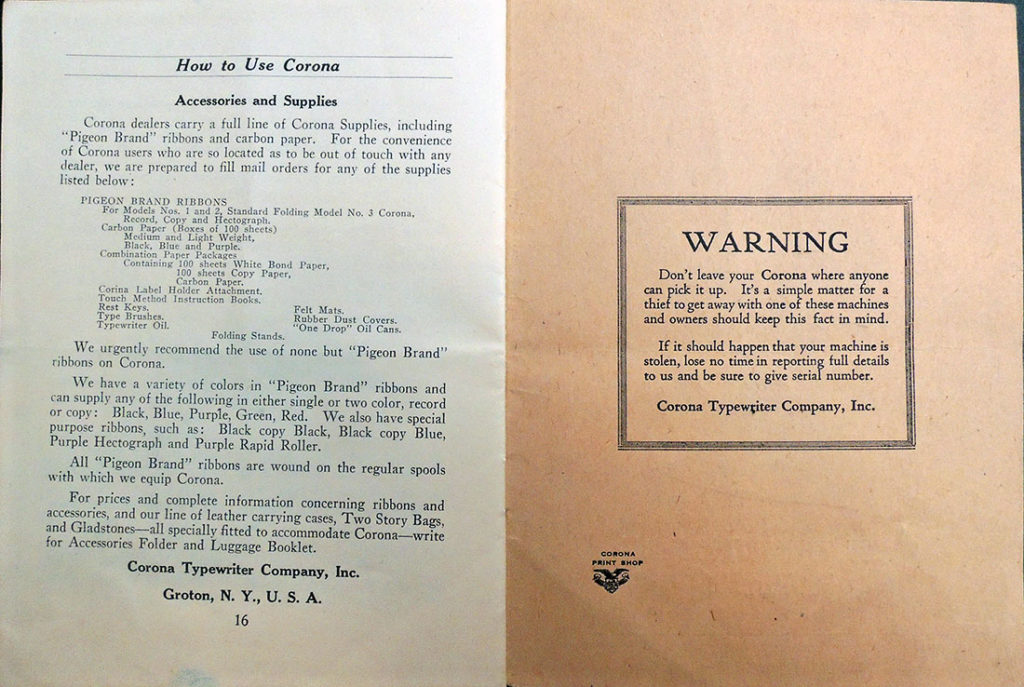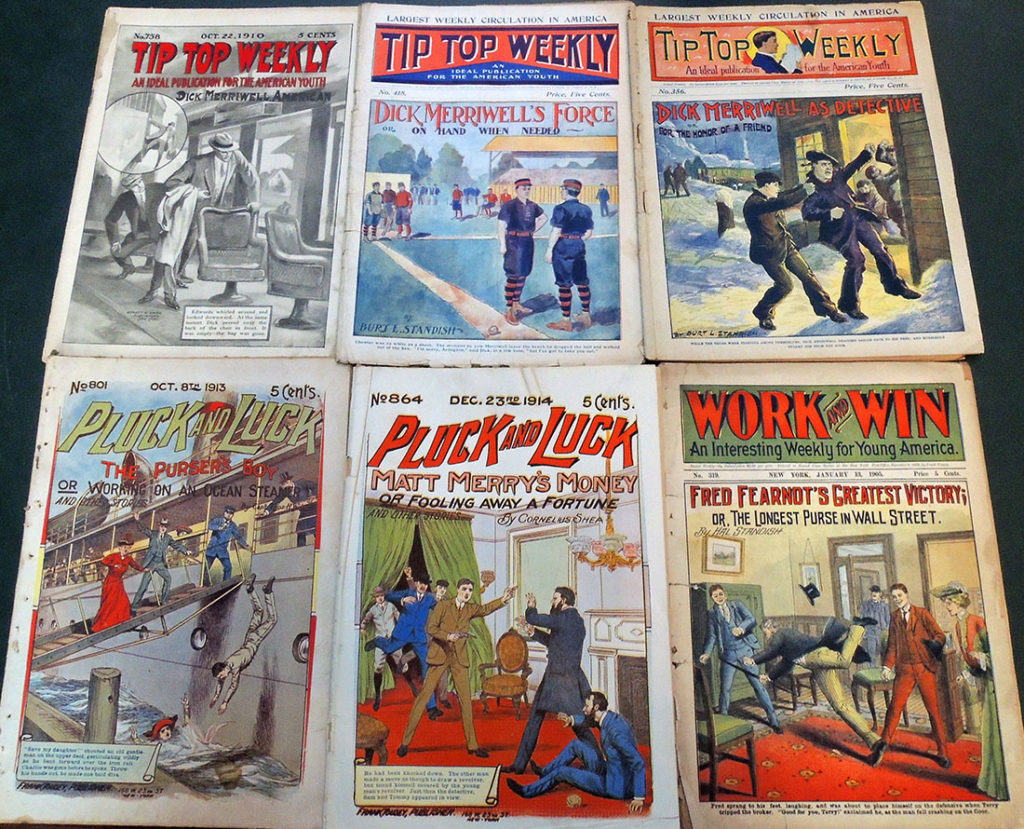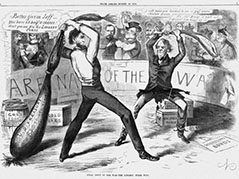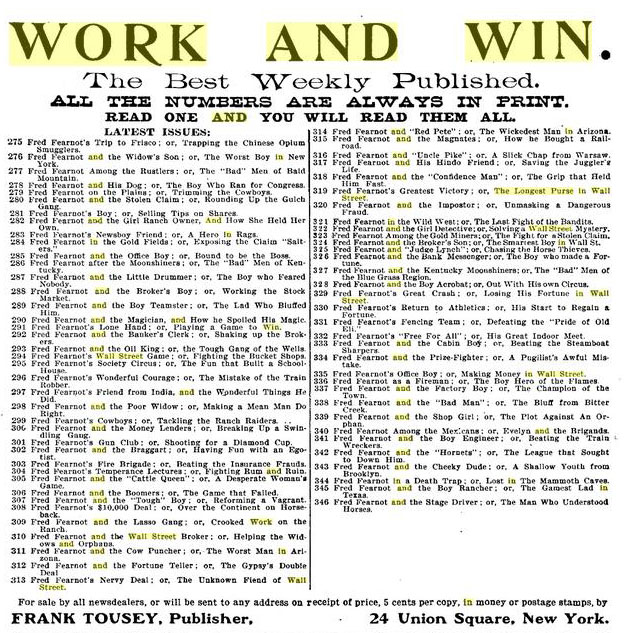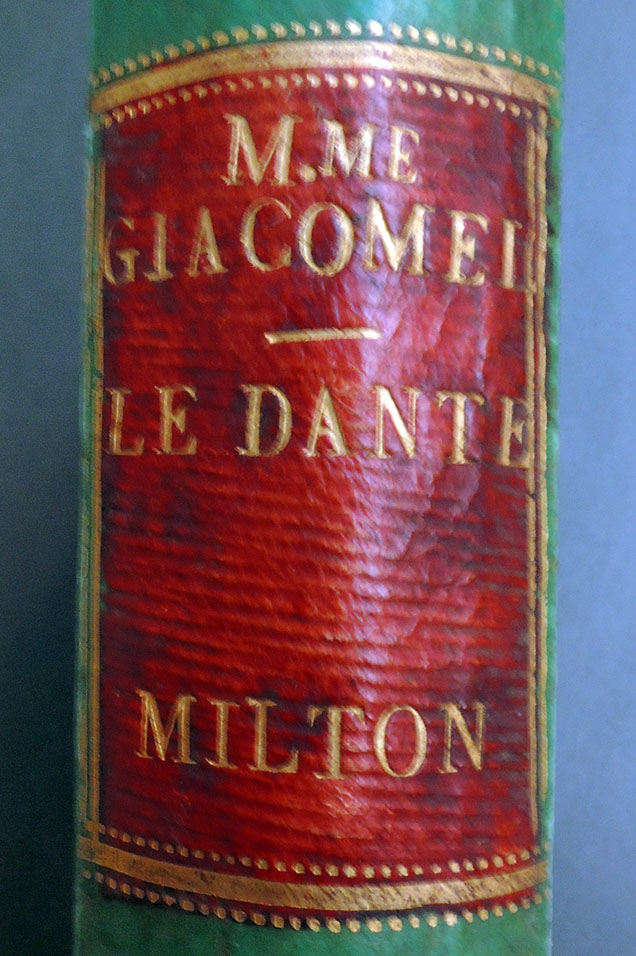 Sophia Giacomelli [Madame Chomel]. Le Paradis perdu, en douze figures (Paris: chez Salmon, 1813). Engraved title and 12 plates bound after Dante, La Divina Comedia. cioé l’Inferno, il Purgatorio, ed il Paradiso (Paris: chez Salmon, [n.d., ?1813]). Engraved title and 99 plates.
Sophia Giacomelli [Madame Chomel]. Le Paradis perdu, en douze figures (Paris: chez Salmon, 1813). Engraved title and 12 plates bound after Dante, La Divina Comedia. cioé l’Inferno, il Purgatorio, ed il Paradiso (Paris: chez Salmon, [n.d., ?1813]). Engraved title and 99 plates.
The Graphic Arts Collection recently acquired this single volume with two works bound together, previously owned by the politician, statesman and writer Prosper de Barante.
At first glance, you might think these were prints by John Flaxman R.A. (1755–1826) , who often worked in this linear, outline fashion but in fact, both the Milton sequence and the Dante prints were engraved by Genevieve Sophia Giacomelli (sometimes called Madame Chomel), who was both an accomplished graphic artist and popular singer.
Justin Croft points out that the 100 plates of the Dante sequence are directly after Flaxman but the Milton are unique. “While Flaxman had always intended to illustrate Milton, he never published a Milton sequence, and Sophia Giacomelli’s 12 plates for Paradise Lost can be considered largely original. It is remarkable they are so rare.”
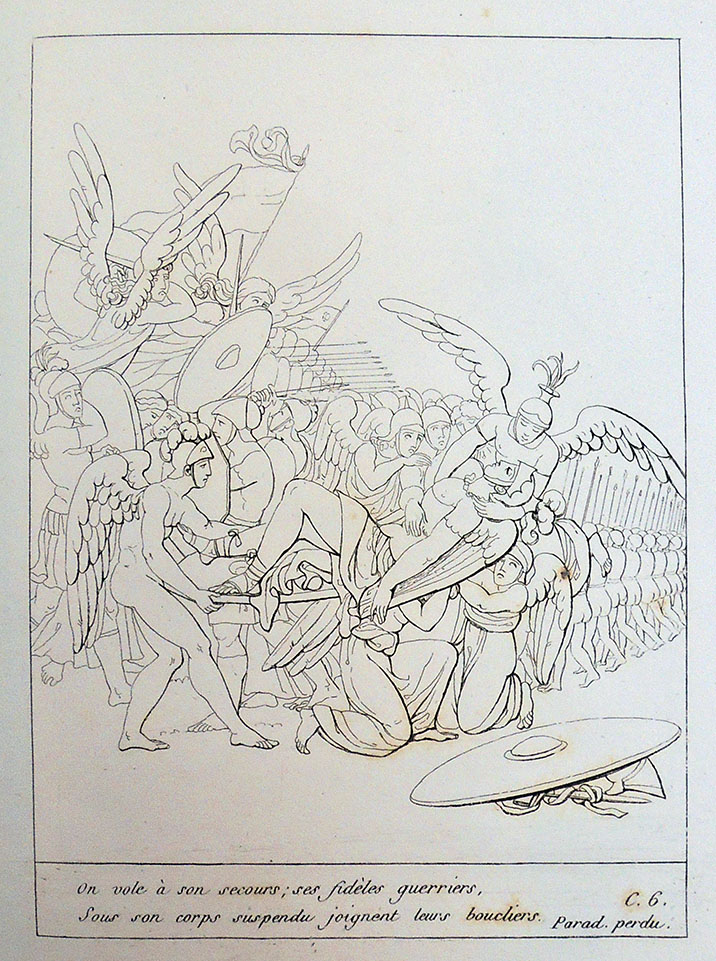
The Journal des arts, des sciences, et de littérature reviewed her Milton collection in 1813:
‘…les amateurs conviendront sans peine que la collection des douze figures de Mme Giacomelli est une des productions les plus agréables que la gravure nous ait offertes depuis long-temps. Nous vivons dans un siècle où les femmes ont conquis, dans la littérature, le rang le plus distingué: il suffit de jeter les yeux sur cet ouvrage, pour s’apercevoir que le domaine des arts ne leur est pas non plus étranger. Déjà le dessin et la gravure ont mérité à Mme Giacomelli d’honorable suffrages; son talent comme cantatrice avait avantageusement brillé dans plusieurs concerts…’ (vol. 15, p.62) [Amateurs will readily agree that the collection of the twelve figures of Madame Giacomelli is one of the most agreeable productions that engraving has offered us for a long time. We live in a century when women have won the most distinguished rank in literature: it is enough to look at this work to discover that the field of the arts is not foreign to them either. Already drawing and engraving have earned Madame Giacomelli honorable votes; her talent as a singer had advantageously shone in several concerts.

A brief note was published in The New Monthly Magazine, Volume 1 1814, “Madame Sofia Giacomelli has drawn and engraved in a style worthy of the best school of Italy twelve figures illustrative of Milton’s Paradise Lost. These figures as well as those which she has executed from the Divina Comedia of Dante, display a vivid imagination, replete with fire and originality.”
See also Giacomelli listed in the Proceedings of the Musical Association, Volume 9 (Stanley Lucas, Weber & Company, 1883).
